DROPS Alpaca
An all time favorite made purely from soft alpaca
from:
2.49€
per 50 g
Content: 100% Alpaca
Yarn Group:
A (23 - 26 stitches)
/ 5 ply / sport
Weight/length: 50 g = approx 167 m
Recommended needle size: 3 mm
Knitting tension: 10 x 10 cm = 24 sts x 32 rows
Care: Hand Wash, max 30°C / Dry Flat / Feltable
Made in: Peru
Raw material origin: Alpaca from Peru
This yarn has an Oeko-Tex® certification (certificate number 16.HPE.92779), Standard 100, Class II from the Hohenstein Institute. This means that is has been tested for harmful substances and is considered safe in human-ecological terms. Class II means the yarn is suitable to come in direct contact with the skin to a large extent, such as blouses, shirts, mattresses, etc.
DROPS Alpaca is a lovely yarn spun from 3 strands of 100% superfine alpaca, with an extra twist to provide a durable surface. The alpaca fiber is untreated, which means that it is only washed and not exposed to any chemical treatment prior to the dyeing. This highlights the fiber’s natural properties, while it also provides a better shape and texture quality.
DROPS Alpaca has a large and varied range of patterns available in the DROPS collection. Garments made in this yarn are lightweight and comfortable, super soft directly on the skin, and have a nice, characteristic sheen.
Read more about our products' sustainability here
Please be aware that the colours shown may vary from screen to screen in the same way that shades may vary slightly from dye lot to dye lot.
How do I care for this yarn?

Hand Wash, max 30°C / Dry Flat
First of all, consider just airing the garment, instead of washing it. If you still desire to wash it, here are some guidelines:
- Hand wash at 30ºC - separately - with wool detergent without enzymes or optical brighteners.
- Don’t let the garment soak. Move the garment gently back and forth, do not rub or squeeze it.
- Rinse the garment until the rinse water is completely clear, making sure the water temperature stays uniform.
- Do a light centrifugation of the garment (about 800rpm), choosing a program that DOES NOT take in water at the start. Or press carefully the water out of the garment with a dry towel. The garment shouldn’t be twisted or rolled.
- To dry the garment, shape it and lay it flat - do not hang - ideally on a warm bathroom floor or on top of a drying rack in a room with good air circulation. Never dry the garment in direct sunlight.
- Don’t tumble dry.
Note: If you are washing a project made with this yarn combined with another, the general guideline is to follow the washing instructions for the most delicate of the yarns you are working with.
Thinking about felting this yarn?
See how this yarn looks before and after felting:
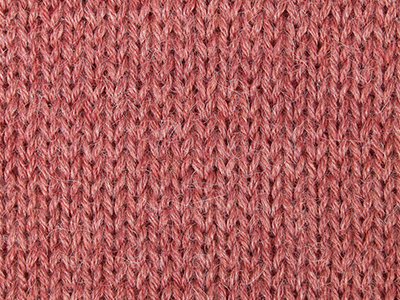
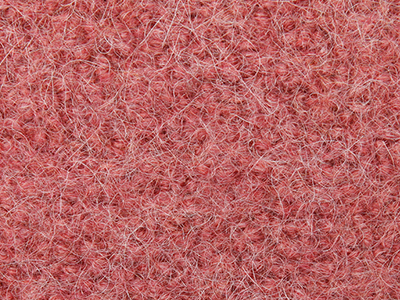
Needles: 5.50 mm
Before: 16 sts x 21 rows
After: 21 sts x 32 rows
Do you have a question about this yarn?
See a list of frequently asked questions (FAQ) about our yarns.
1) What type of fibers make the DROPS yarns?
Yarn can be made from a large number of natural and synthetic fibers. DROPS carries mainly yarns made from wool, cotton, alpaca, linen, mohair and silk. Each fiber type has its own qualities, and they are often mixed to take advantage of the best properties of each one. Coarse yarn has the advantage of being stronger and more durable, and finer fibers offer more softness and comfort. Here a bit about the main fibers we carry:
Alpaca:
Alpaca fleece is the natural fiber harvested from an alpaca, and it is similar in structure to sheep wool fiber. Its softness comes from the small diameter of the fiber, similar to merino wool. It is a soft, durable, luxurious and silky natural fiber. Yarn made from alpaca fibers does not felt or pill easily, and it can be light or heavy in weight, depending on how it is spun. While similar to sheep’s wool, it is warmer, not prickly, and has no lanolin, which makes it hypoallergenic. Alpacas come in 22 natural colors, with more than 300 shades from a true-blue black through browns-black, browns, white, silver and rose-greys.
Mohair:
This fiber comes from the Angora goats, and it's considered a luxury fiber. Mohair yarn is warm as wool, but much lighter in weight; it is durable, dyes well and does not felt easily. Mohair fibers have also a distinctive luster created by the way they reflect light. Despite being a hard fiber, mohair is usually spun into a very fluffy yarn, resulting in airy and lustrous garments.
Wool:
The wool fibers come from the skin of sheep and are relatively coarse fibers. Two striking characteristics of wool are its susceptibility to heat and its felting property, which is caused by the scales on the surface. Depending upon the breed of sheep, the appearance of the wool varies.
Wool from Merino sheep is considered the finest type of wool, having as characteristics that is finely crimped and soft. All the Merino wool in the DROPS yarns has its origins in South America, coming from sheep that have not been subject to Mulesing.
Pure new wool is wool made directly from animal fleece, and not recycled from existing wool garments.
Machine washable wool is wool treated chemically to minimize the outer fuzzy layer of the fibers, and be therefore fitable for machine wash (see Superwash).
Silk:
The silk fiber is a fine continuous fiber produced from the cocoon of a moth caterpillar known as the silkworm. While silkworm is cultivated, the wild or tussah silk is obtained from uncultivated silkworm cocoons. Silk fiber is one of the strongest natural fibers and makes a wonderful knitting yarn. It blends really well with other fibers, especially wool. Silk also dyes beautifully with natural dyes.
Vegetable fibers:
There are several varieties of vegetable fibers, found in the cell walls of plants or vegetables. Of all the varieties, two are recognized as major knitted or textile fibers. They are cotton and linen.
Cotton is the fiber surrounding the seeds in a cotton pod, and it is almost pure cellulose. Cotton is usually white in color but there are green and brown varieties as well. The cotton fiber is most often spun into yarn or thread and used to make a soft, breathable textile that is good for summer clothing and accessories, making a weaker yarn than silk or linen but stronger than wool.
Mercerized cotton is cotton that has been through a mercerization treatment. This treatment gives cotton fabrics and threads a lustrous yarn that is more lustrous than conventional cotton. It is also stronger, takes dye a little more readily, makes the yarn more resistant to mildew and reduces lint. It also may not shrink or lose its shape as much as "regular" cotton.
Linen is a fiber derived from the stalk of the flax plant that is durable and stronger than any other fiber. The linen fiber is relatively soft, straight and lustrous and becomes more beautiful with age. Linen is more comfortable to wear in hot temperatures than cotton, due to the fact that it absorbs moisture better and dries more quickly.
Other materials used in our yarns include synthetic fibers such as acrylic, viscose, polyamide (nylon) and polyester. These fibers are used mostly to give strength to a yarn (like our sock yarn, DROPS Fabel) or a special kind of structure (like our blown yarn, DROPS Air).
The polyamide fibre, commonly known as nylon, is very strong, durable, lightweight, easy to care for (can be machine washed and dried), and elastic, which makes it perfect for blending with other fibres to produce hard-wearing yarns like sock yarn.
Compared to polyester, polyamide is softer and more flexible, but it also absorbs more water and dries slower.
3) What type of information can I find on the DROPS yarn labels?
All DROPS yarn labels include information about fiber content (wool, cotton, etc.), weight in grams and ounces, length in meters and yards, washing instructions and symbols (explained here), color number, dye lot number and yarn group information.
4) What are the DROPS yarn groups?
All DROPS yarns are classified into 6 different thickness groups (A to F). Yarns in a same group have similar knitting tension/gauge, and can therefore be interchanged in patterns; however the length may be different, so when substituting always calculate the amount of meters/yards needed for the pattern to know the amount of yarn you need to get.
5) Can I use a different yarn than the one mentioned in the pattern?
Yes, as long as the yarn can be worked in the same knitting tension/gauge. Always swatch to make sure you get the same number of stitches in width and rows in height as given in the pattern.
Remember that different yarns with different textures, will give the garment different looks. The yardage/length may also be different, so when substituting always calculate the number of yards needed, in order to know the amount of yarn you need.
Read more about how to calculate the amount of an alternative yarn - and how to replace 1 thread of a yarn with 2 or more of another, here.
6) What does it mean when a yarn is “Superwash”?
A superwash wool is a special wool product that has been treated or processed in a way that allows it to be machine washable. Many people are afraid to work with wool because it is so easy to shrink (though some shrink wool on purpose) and superwash wool can allow them to work with great fibers without worry. (Read more here).
7) What does “Oeko-Tex® certified” means?
The Oeko-Tex® Standard 100 was introduced at the beginning of the 1990s as a response to the needs of the general public for textiles which posed no risk to health. The Oeko-Tex® Standard 100 is a globally uniform testing and certification system for textile raw materials, intermediate and end products at all stages of production. The test for harmful substances comprise substances which are prohibited or regulated by law, chemicals which are known to be harmful to health, and parameters which are included as a precautionary measure to safeguard health.
For more info go to www.oeko-tex.com
10) How accurate are the colours on the shade cards online?
When obtaining images for the shade card, we do our best to achieve the highest level of color accuracy. Unfortunately, we cannot guarantee how images will appear on your computer screen. Every monitor displays color differently, some colors might look darker than they really are, and some colors might be more saturated on some screens. If you experience that many of the yarn colors looks different on your screen than the actual color of the skeins, you can adjust the setting on your monitor.
11) What is a micron? What does super fine / extra fine mean?
The fineness of yarn fibers is measured in microns (thousands of millimeters). Super fine alpaca wool is 26-28 microns. Fine merino wool is less than 21.5 microns and extra fine merino is under 19.5 microns. The less microns the softer and more delicate a quality can be, the more microns the more hard wear the quality will be.
The reason why the microns in a yarn’s fibers are important is that the yarn will eventually become something else, and how delicate or coarse a yarn is will determine in part what we use it for. That’s why we recommend the softest yarns (like DROPS Baby Merino) for baby clothing, or why we choose to use a more hard wear yarn like DROPS Snow, for a seating pad or slipper.
12) Why are the colours in my skeins of print yarn different?
The reason why two skeins of a same print yarn look different can be 1) that both skeins are part of different dye lots; 2) that the skeins have been dyed using a technique called "magic print" (the one used for example in DROPS Delight), which provides unique patterns and smooth colour transitions to each skein, meaning also that within one dye lot, lighter or darker varieties might appear. This is no fault or defect, but part of the yarn's character.
13) My store doesn’t have the colour I want, what can I do?
If your DROPS store doesn’t have the yarn colour you want, try contacting a DROPS Super Store (the ones with the golden badges) - they will make sure to get a hold of the colour even if they don’t have it in stock themselves. See a list of all DROPS stores here.
14) Where can I find a specific dye lot of a colour?
Always try contacting your DROPS store first. If they do not have the dye lot you want we recommend you to ask other knitters and crocheters in the DROPS Workshop in Facebook or Ravelry, which may have the dye lot in their stash and might be willing to part from it.
Yarn sheds because there's not enough twist to hold all of the fibers together. All yarns have excess fibers (from production) that might come off as lint or shedding, in varied degrees that depend on how the yarn is spun. Brushed yarns ("hairier" yarns) like DROPS Melody, have more of these loose fibers than other yarns, and therefore shed more. Shedding also depends on what is worn under or over the garment, and whether this pulls at the yarn fibers. It’s therefore not possible to guarantee that there will be no shedding.
Below are some tips on how to get the best result when working with hairier yarns:
- When the garment is finished (before you wash it) shake it vigorously so the looser hairs come off. NOTE: do NOT use a lint roller, brush or any method that pulls at the yarn.
- Place the garment in a plastic bag and put it in your freezer - the temperature will cause the fibers to become less attached to each other, and excess fibers will come off easier. Leave in the freezer for a few hours before taking it out and shaking it again.
- Wash the garment according to the instructions on the yarn label. Garments worked with hairier yarns usually need to be shaken once dry after washing, so that the hairs rise and any excess fibers can come off.
Pilling is a natural process that happens to even the most exclusive of fibers. It's a natural sign of wear and tear that is hard to avoid, and that is most visible in high friction areas of your garment like a sweater's arms and cuffs.
You can make your garment look as new by removing the pilling, using a fabric comb or a pill/lint remover.
How can I replace this yarn?
If you are looking to replace this yarn with another DROPS yarn, you can use another yarn within the same yarn group, or try our yarn converter!
Other yarns in Yarn Group A
Read more about replacing yarn.Have a problem with the DROPS yarn you purchased?
When you purchase yarn from the shade cards or patterns on our site, you are not buying directly from DROPS but from one of the hundreds of DROPS stores around the world. It is therefore important that you take contact with the DROPS store where you bought the yarn, and that you save the labels of all the skeins you purchased (they are your warranty).
The DROPS store you contact will assist you and escalate the claim if necessary. Find a list of DROPS stores here.
Comments / Questions (501)
![]() Marilyn Peskin wrote:
Marilyn Peskin wrote:
I need either a wool/acrylic blend or an acrylic blend to be used for a wall hanging and the Falling Leaves sweater pattern. Help please.
19.04.2016 - 23:24DROPS Design answered:
Dear Mrs Perskin, you will find here an overview of all our yarn by category - for any further individual assistance to choose a yarn, please contact your DROPS store even per mail or telephone. Happy knitting!
20.04.2016 kl. 08:30
![]() Kerstin Inger Svensson wrote:
Kerstin Inger Svensson wrote:
Tänkte sticka en herrtröja i norskt mönster "bird eye"vill ha garn A undrar om alpaca är lämpligt?
06.02.2016 - 12:16DROPS Design answered:
Hej, Alpaca tillhör garngrupp A så det går bra!
29.02.2016 kl. 14:13
![]() Malene wrote:
Malene wrote:
Hej Drops, Jeg er ved at færdiggøre et tæppe, jeg har lavet i jeres alpaca garn og har ventet på at den nye farve koral 9022 skulle komme i jeres butikker - da jeg tror den vil passe godt ind blandt de øvrige farver jeg har brugt. Kan I fortælle mig, hvornår den kommer? Og mens jeg venter - om den ligner nogle af jeres andre indfarvninger i koral evt nepal 8909 ? På forhånd tak :) Vh Malene
01.02.2016 - 11:59DROPS Design answered:
Hej Malene. Denne farve er paa lager hos os, saa din butik kan bestille den. Den er samme farve som Nepal koral.
02.02.2016 kl. 13:16
![]() Alberdina Bakker wrote:
Alberdina Bakker wrote:
Goedendag...ik heb een vest van drops air gebreid. Maar na de eerste keer wassen op koude wol was in een miele wasmachine met ariel vloeibaar wasmiddel, is het vest een kindervestje geworden. Hoe is dit mogelijk??? Wij wassen alle wol op deze manier en hebben nooit problemen.Zonde voor de dure wol en het werk.Contact gehad met de winkel en hier werd ik afgescheept met een kortingsbon van 10% en die wil ik niet meer gebruiken voor deze wol.
26.01.2016 - 21:39DROPS Design answered:
Hoi Alberdina. DROPS Air is handwas. Dat betekent dat je NIET deze wol in de machine moet wassen. Dit is vermeld op de wikkel en hier op de garenkaart. Wil je toch een andere keer proberen om een handwas wol te wassen in de machine, brei dan eerst een proeflapje en was deze - dan weet je hoe het garen reageert in de was.
27.01.2016 kl. 10:59
![]() ORIGAS wrote:
ORIGAS wrote:
Bonjour, je découvre cette laine. Est-ce un fil qui tient chaud, moyennement, ou frais comme du cotton? Merci
23.01.2016 - 00:22DROPS Design answered:
Bonjour Mme Origas, pour choisir votre fil, vous pouvez vous reporter ici, votre magasin DROPS saura également vous conseiller de façon personnelle, même par téléphone ou par mail. Bon tricot!
25.01.2016 kl. 14:15
![]() Maria Irene Anglada Badia wrote:
Maria Irene Anglada Badia wrote:
Esta alpaca es tan suave como la baby alpaca? Si pongo dos hilos quedara para un ganchillo del 4 o 4.5 para un amigurumi?
20.01.2016 - 18:49DROPS Design answered:
Hola Maria Irene, las 2 calidades son del mismo grosor pero Baby Alpaca al tener 30% de seda aporta más brillo y suavidad. Puedes trabajar con 2 hilos de cualquiera de ellas usando un ganchillo tamaño 4-4.5 mm.
25.01.2016 kl. 13:52
![]() Helle Goul wrote:
Helle Goul wrote:
Jeg fryser og vil i gang med en uld-trøje. Mit problem er, at jeg ikke har garnet mellem fingrene, så: hvilket uldgarn er det blødeste? Jeg er nemlig ikke god til noget, der kradser ;)
10.01.2016 - 11:52DROPS Design answered:
Hej Helle. Det er meget individuelt hvor meget man synes at et uldgarn kradser. Om du har mulighed vil jeg anbefale at du besöger én af vores butikker og föler paa kvaliteterne. Alpaca er dejlig blöd, men du kan ogsaa pröve med Baby Merino som er endnu blödere og bla. bruges meget til vores babystrik. God fornöjelse.
14.01.2016 kl. 13:28
![]() Wim wrote:
Wim wrote:
Ik las op de website dat deze wol niet chemisch behandeld wordt, maar ik vroeg me ook af onder welke omstandigheden deze wol voor de dieren (de alpaca's) geproduceerd wordt. Bestaat hierover meer informatie?
10.12.2015 - 10:04DROPS Design answered:
Beste Wim. Net zoals bij onze merinoswol (en al onze wol) is het bij groot belang dat de dieren goede levensomstandigheden hebben. Dit geldt dus ook voor de alpaca. Wij hebben hier geen certificatie op, maar ze volgen wel de standaarden.
15.12.2015 kl. 13:01
![]() Christine wrote:
Christine wrote:
Guten Tag, gibt es Erfahrungen damit, das Garn für Socken zu verstricken? Leider vertrage ich herkömmliche Sockenwolle mit Schurwollanteil nicht, weshalb Fabel nicht in Frage kommt.
24.11.2015 - 10:02DROPS Design answered:
Liebe Christine, wir stricken oft Socken aus Alpaca. Diese Socken sind sehr weich und angenehm, aber natürlich nicht so strapazierfähig wie Socken aus Fabel.
25.11.2015 kl. 07:34
![]() Wendy wrote:
Wendy wrote:
Kunt u mij zeggen welke kleurnummers de niet geverfde garens zijn?
16.11.2015 - 19:10DROPS Design answered:
Hoi Wendy. Het zijn de kleuren: 0100, 2020, 302, 403, 601, 607 en 618
17.11.2015 kl. 10:18
![]() Célia Silva wrote:
Célia Silva wrote:
Este fio é aconselhável para bebés de 3 meses?
10.11.2015 - 16:42DROPS Design answered:
A alpaca é muito suave, mas para os bebés mais pequenos, aconselhamo-la a usar o fio Drops BabyAlpacaSilk ou o fio Baby Merino.
19.11.2015 kl. 11:21
![]() Casandra wrote:
Casandra wrote:
What category does this fall into?is it like thread or just fine yarn or sport weight? Thanks you
28.10.2015 - 14:09DROPS Design answered:
Dear Casandra, please find here all informations including thickness for our yarns. Happy knitting!
29.10.2015 kl. 09:40Selam wrote:
Hi thank you for the reply unfortunately I have no drops stores where I live. I buy all my yarn on line. What do you mean by - and make a rule of three -? are there any help videos?
06.10.2015 - 13:15DROPS Design answered:
Dear Selam, if there is no DROPS store in your country (check here), our yarns are worldwide available thanks to some worldwide shipping stores () - they will provide you any personnal & individual assistance even per mail. Happy knitting!
07.10.2015 kl. 10:28
![]() Marijke wrote:
Marijke wrote:
Waarom gaat de lichtbruin uit het assortiment? dat vond ik nu precies een van de mooiste kleuren van dit garen.
28.09.2015 - 10:22
![]() Mirja Müller wrote:
Mirja Müller wrote:
Hallo, Ich möchte gerne Alpaca mit Andes verstricken (je 1Faden), um den Alpakagehalt zu erhöhen und Farbe einzubringen. Meine Strickanleitung 1000g Andes an. Wieviel Alpaca werde ich ca brauchen und welche Nadelstärke bietet sich an? Danke
09.09.2015 - 18:14DROPS Design answered:
Liebe Mirja, wichtig ist, dass Sie doppelfädig die gleiche Maschenprobe erhalten, was wohl etwas schwierig werden wird. Wenn Sie aber dennoch doppelfädig stricken, brauchen Sie von der Alpaca genau so viele Meter wie von der Andes. Die Nadelstärke müssen Sie anhand der Maschenprobe ausprobieren.
23.09.2015 kl. 07:11
![]() Petra wrote:
Petra wrote:
Dieses Garn habe ich doppelfädig für eine Weste verstrickt und bin sehr zufrieden damit. Es ist weich und anpassungsfähig, aber behält auch die Form. Hab es gleich noch mal in einer anderen Farbe gekauft.
05.09.2015 - 19:26Cecilia Pellegrini wrote:
Hola. El patrón baby drops 14 29 es de alpaca y dice tejer en agujas núm 4,5 pero las indicaciones son tejer en 2,5 o 3. Cual es la mejor medida para este tipo de lana? Y, quisiera saber si puedo encontrar sus lanas en Chile?
04.09.2015 - 23:07DROPS Design answered:
Hola Cecilia, la aguja recomendada en el patrón es para trabajar con doble hilo. En Chile no hay distribuidores pero si miras en el apartado tiendas drops verás las alternativas para pedirlas online.
08.09.2015 kl. 10:52
![]() Alie Leeuwis wrote:
Alie Leeuwis wrote:
Kan ik een staalkaart bestellen van de drops alpaca uni kleuren
19.08.2015 - 20:08DROPS Design answered:
Hoi Alie. Nee, we werken niet met stalenkaarten - alleen deze online kaarten. Heb je de mogelijkheid, dan kan je ook naar één van onze winkels gaan, die DROPS Alpaca hebben om de kleuren en garens in het echt te zien.
20.08.2015 kl. 11:23
![]() Claudine wrote:
Claudine wrote:
Bonjour cette laine passe t'elle à la machine à tricoter svp ? merci par avance cordialement
22.06.2015 - 14:00DROPS Design answered:
Bonjour Claudine, Vous trouverez sous l'onglet "Entretien" ou "Care" les instructions d'entretien de chaque fil à tricoter. DROPS Alpaca se lave à la main à 30°C, séchage à plat. Cliquez ici pour d'autres généralités sur l'entretien et demandez conseil à votre magasin. Bon tricot!
22.06.2015 kl. 19:23
![]() Hannah wrote:
Hannah wrote:
Hallo, wie viel Garn brauche ich, um einen 2 m langen Schal zu stricken? Mit einer Breite von ungefähr 30 cm. Wäre toll, wenn ihr mir weiterhelfen könntet.
14.06.2015 - 20:56
![]() Jane Townson wrote:
Jane Townson wrote:
Do you have an Oeko-tex certificate/Number for Drops Alpaca yarn please? Thank you
30.05.2015 - 22:18DROPS Design answered:
Dear Jane. Our Alpaca yarn is not Oeko-Tex certified.
01.06.2015 kl. 11:10
![]() Emiliemilie wrote:
Emiliemilie wrote:
Bonjour, je souhaite tricoter de l'alpaca en double, mais quel numéro d'aiguille dois-je utiliser? Merci beaucoup, Emiliemilie
28.05.2015 - 19:23DROPS Design answered:
Bonjour Emiliemilie, tout dépend de la texture/ tension (= nbe de mailles pour 10 cm) que vous souhaitez avoir et de votre façon de tricoter (+ ou - lâche/serré) - En général on peut tricoter 2 fils Alpaca avec des aiguilles 4,5 / 5. Pensez à réaliser des échantillons pour vérifier vos mesures et la texture. Bon tricot!
29.05.2015 kl. 09:57
![]() Johanne Laursen wrote:
Johanne Laursen wrote:
Hvor meget krymper cirka det, når det filtes?
12.05.2015 - 15:23DROPS Design answered:
Hej Johanne. Se eksempler her. Men for det bedste resultat, saa strik först en pröve og filt den, saa ved du helt sikkert hvor meget materialet krymper i din maskine.
19.05.2015 kl. 14:17
![]() Ulrike wrote:
Ulrike wrote:
Wenn ich Alpaka mit Vivaldi zusammen verstricken möchte, welche Nadelstärke, welche Maschenprobe und/oder welche Garngruppe wird das? Oder Alpaka mit kid silk? Alles so toll, echt schwierig!
06.05.2015 - 22:11DROPS Design answered:
Liebe Ulrike, wir haben viele Anleitungen für Alpaca mit Kid Silk - diese Kombination ist perfekt. In den Anleitungen finden Sie auch Informationen zur Nadelstärke.
08.05.2015 kl. 06:40






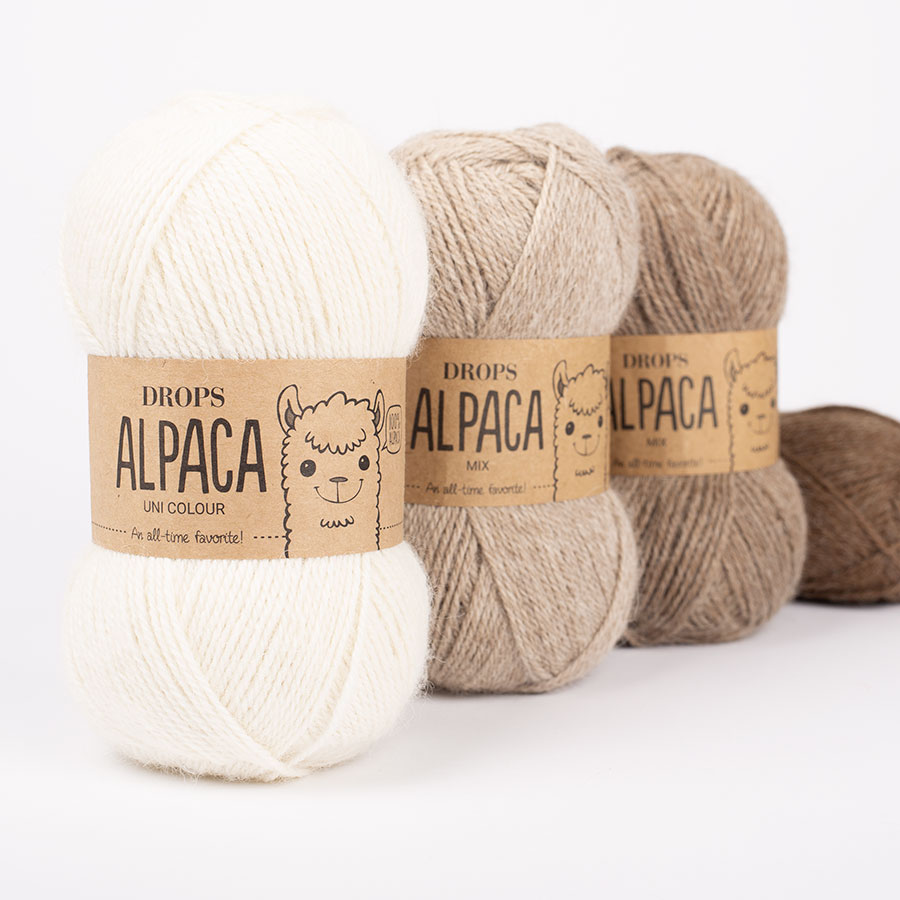
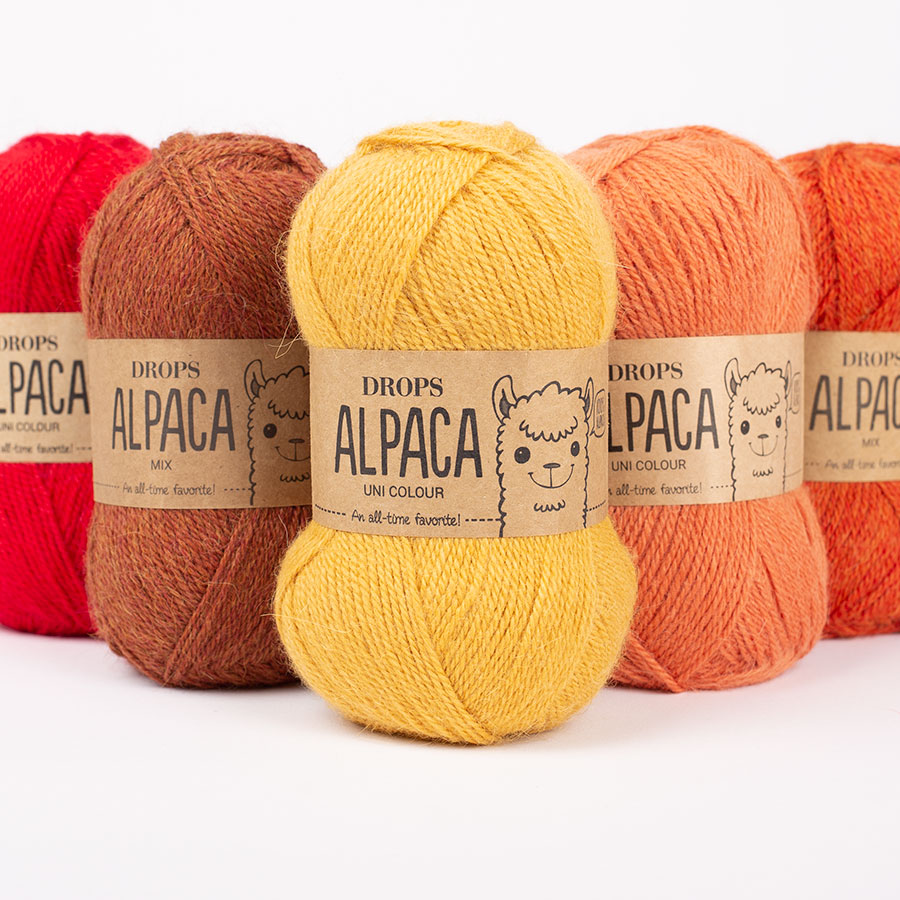
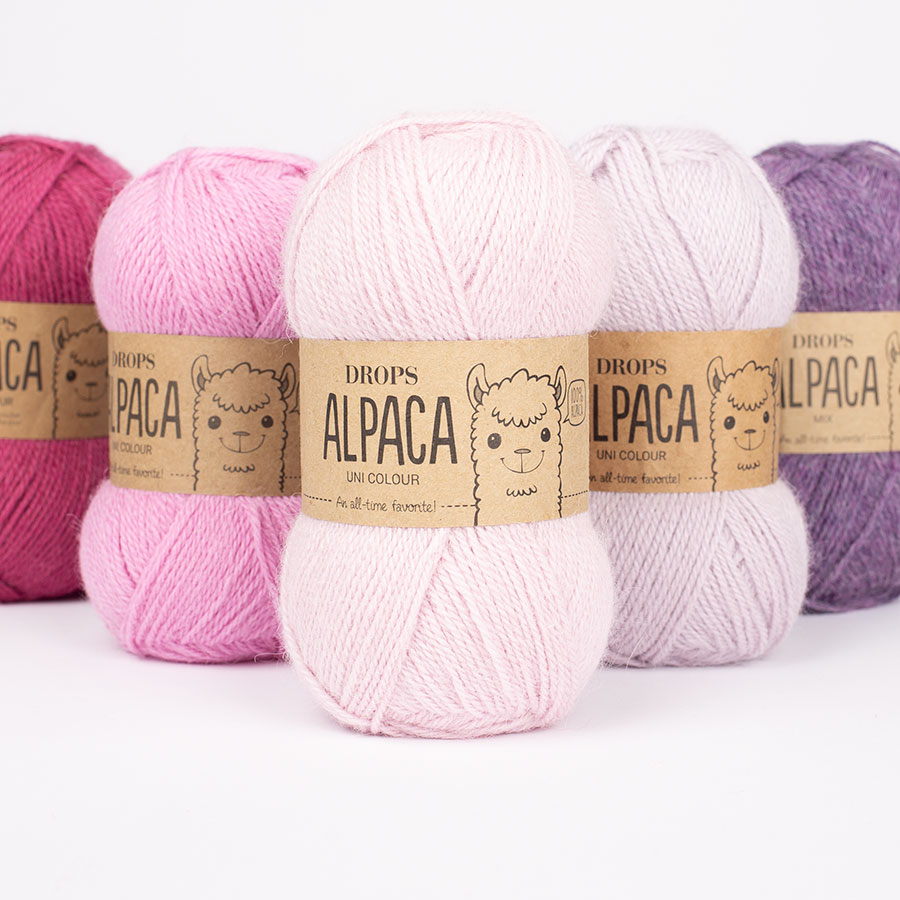
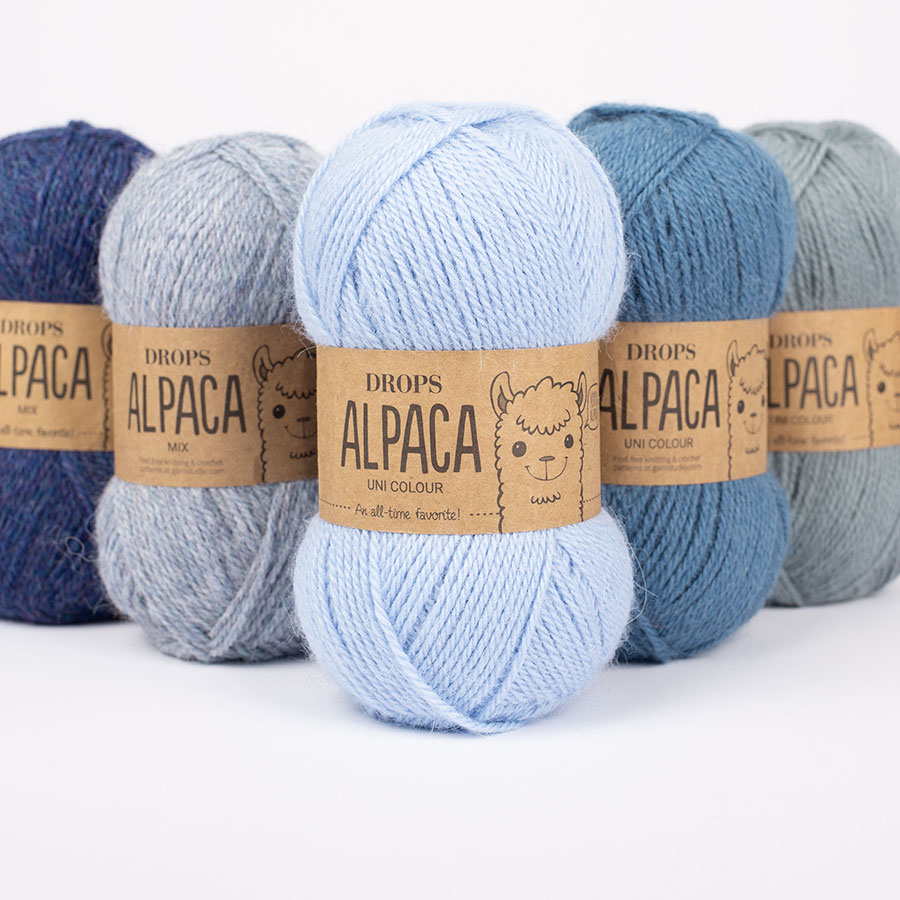

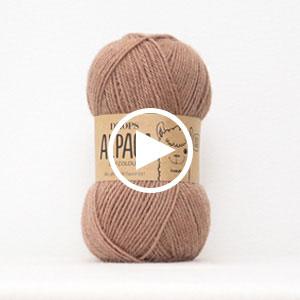

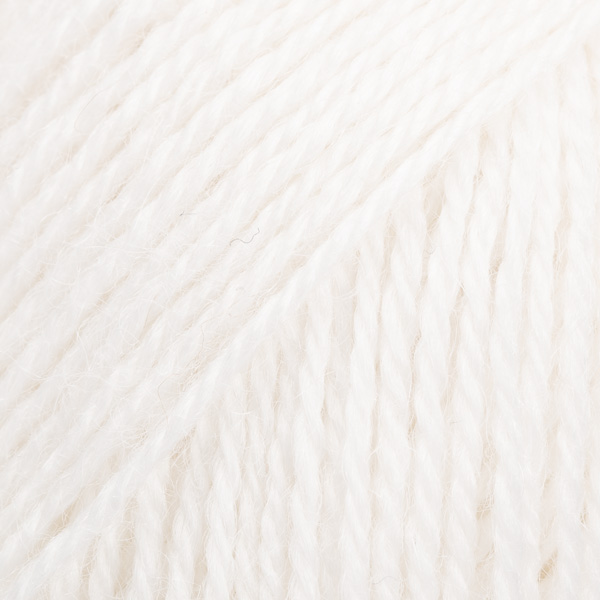






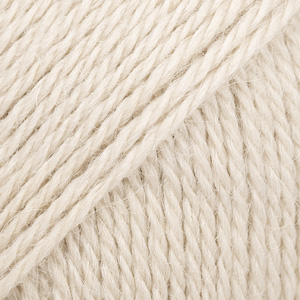
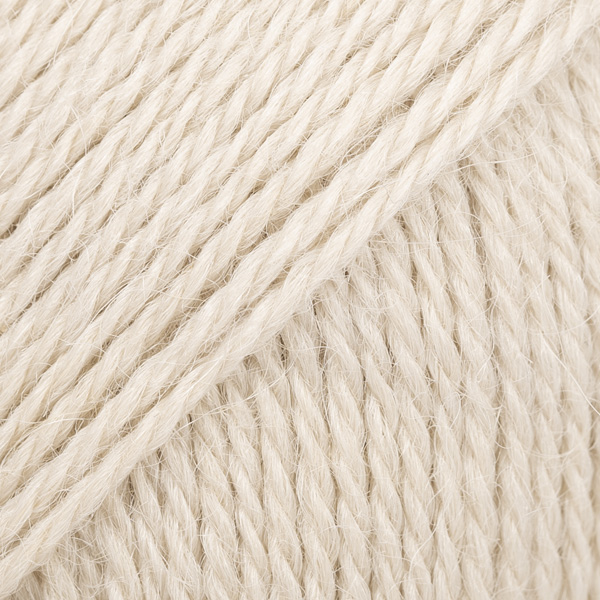
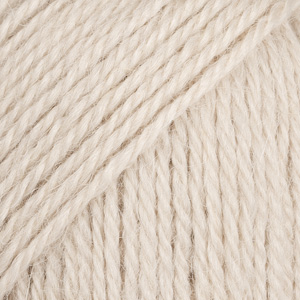
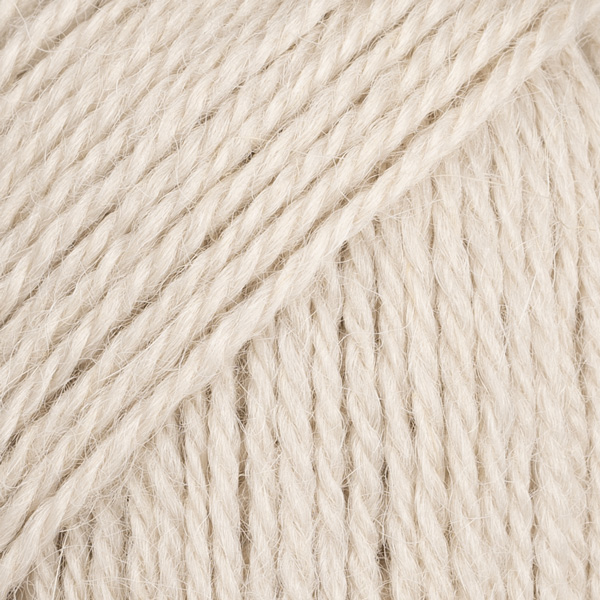


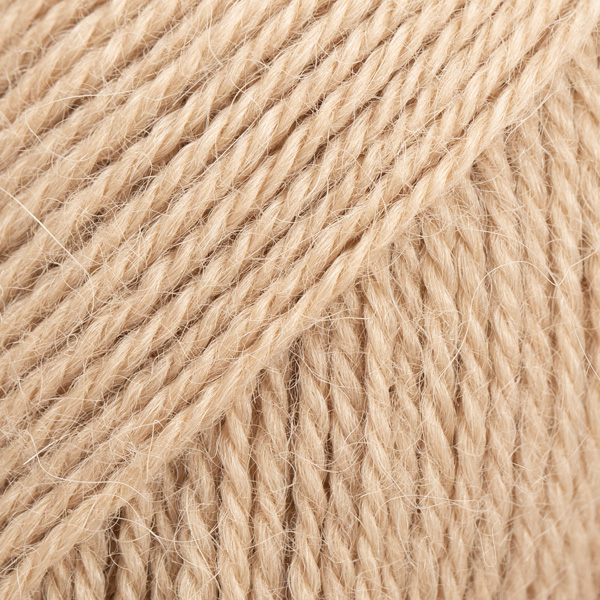
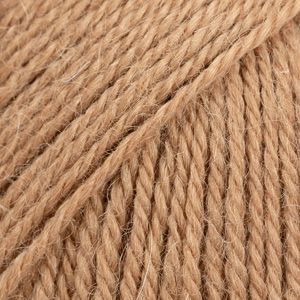
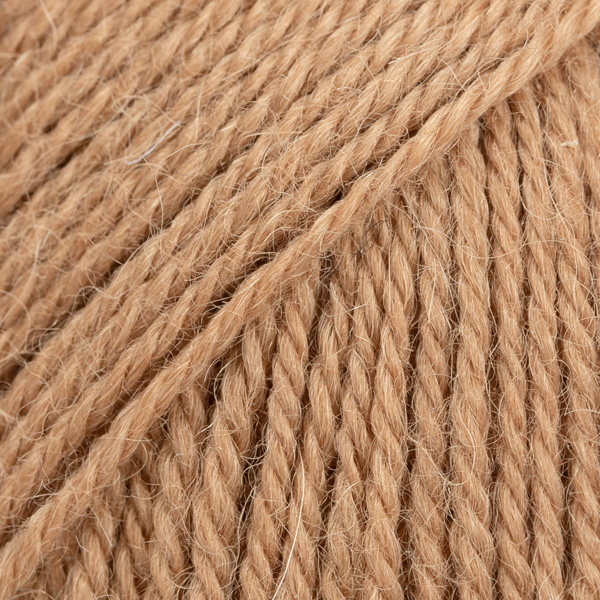
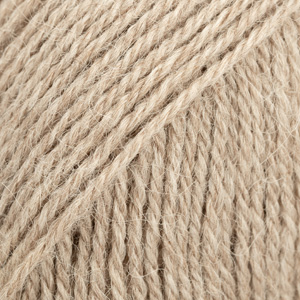
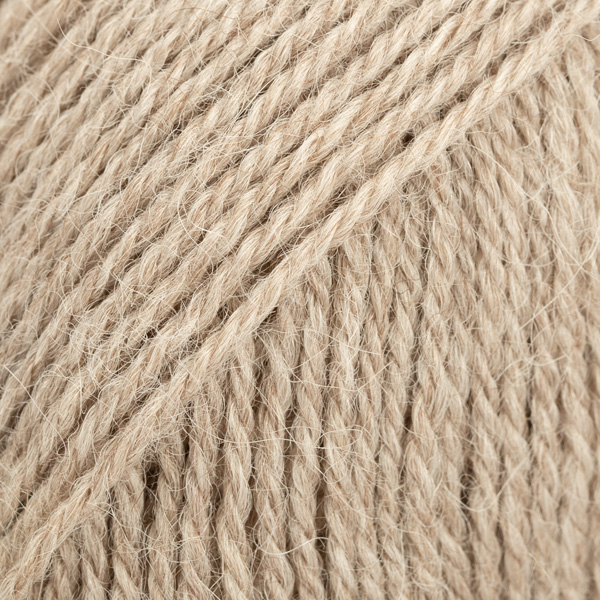








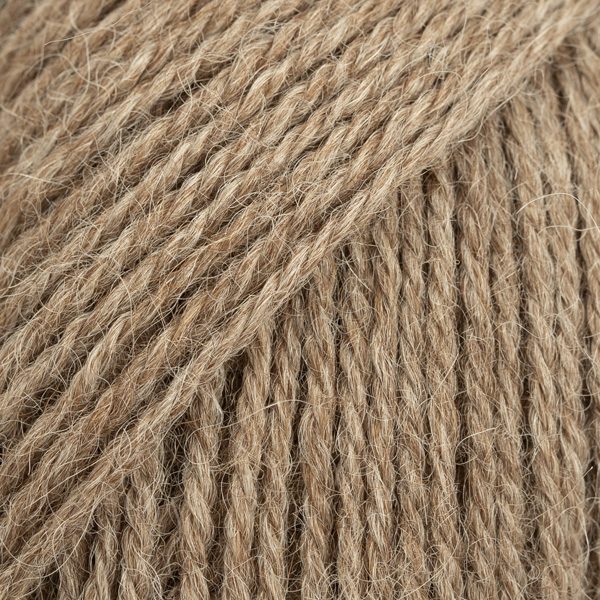
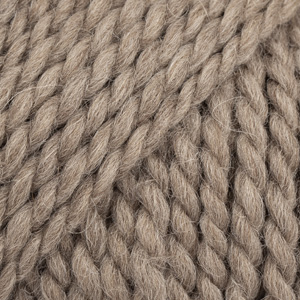

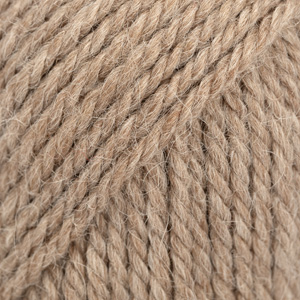


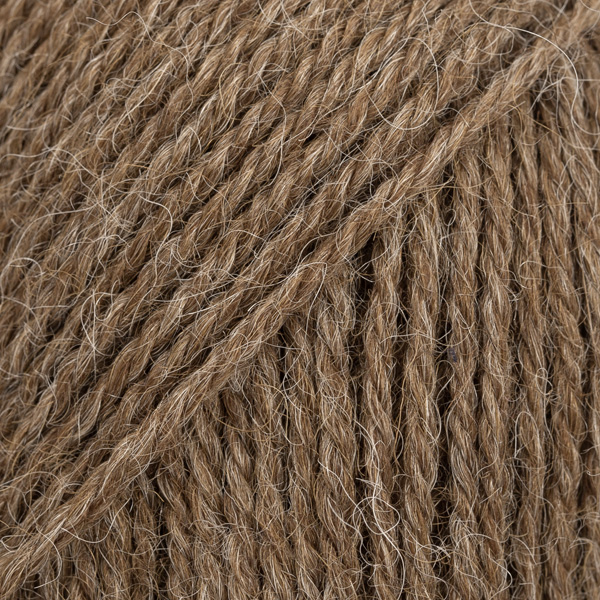
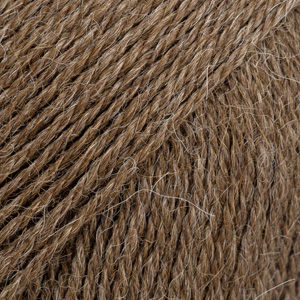
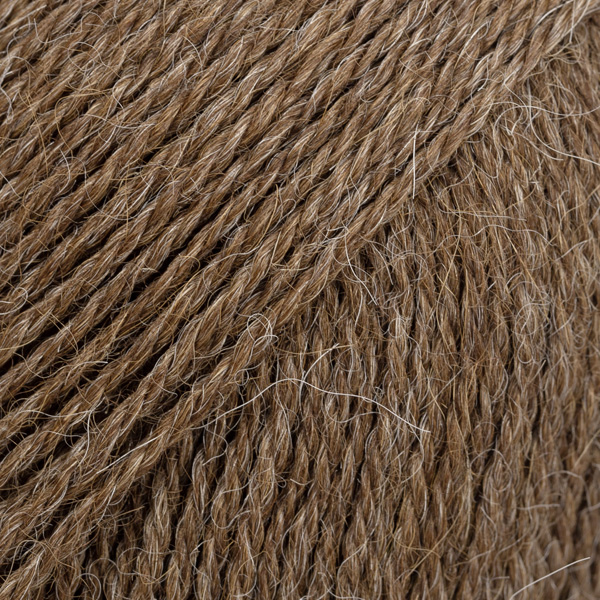
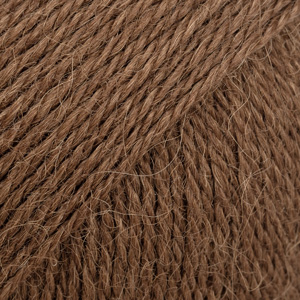
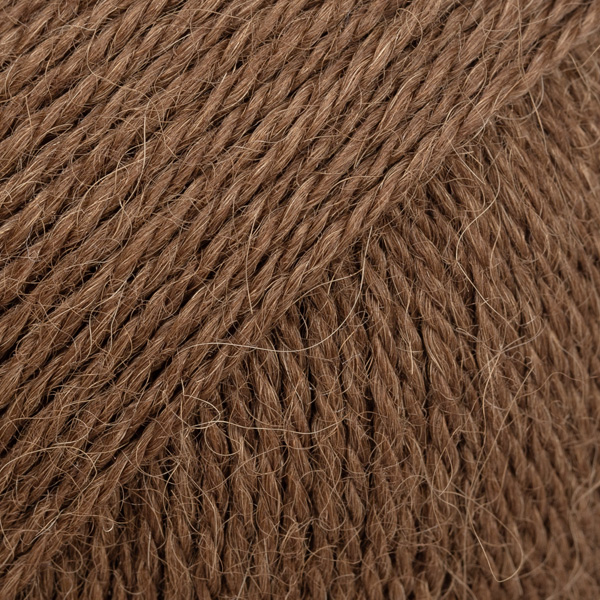


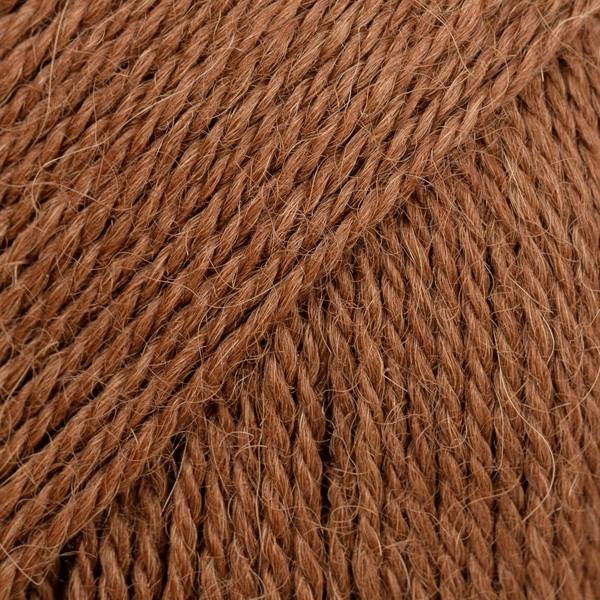
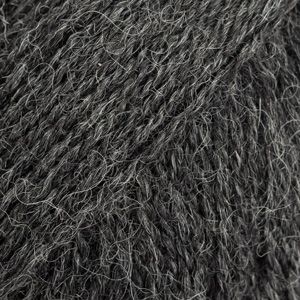
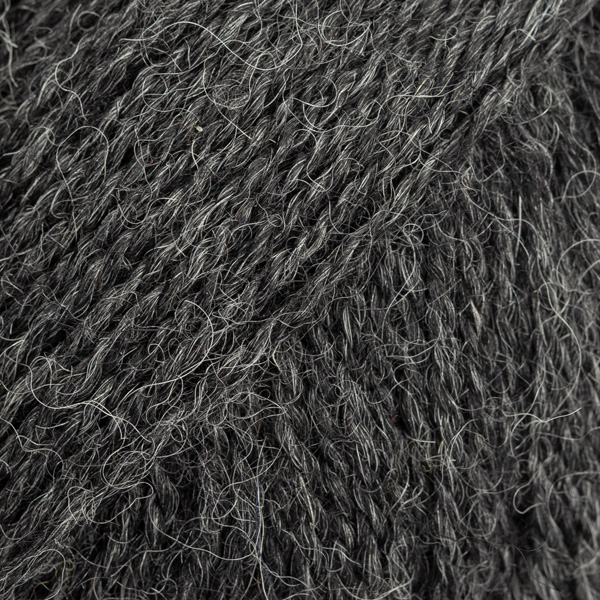






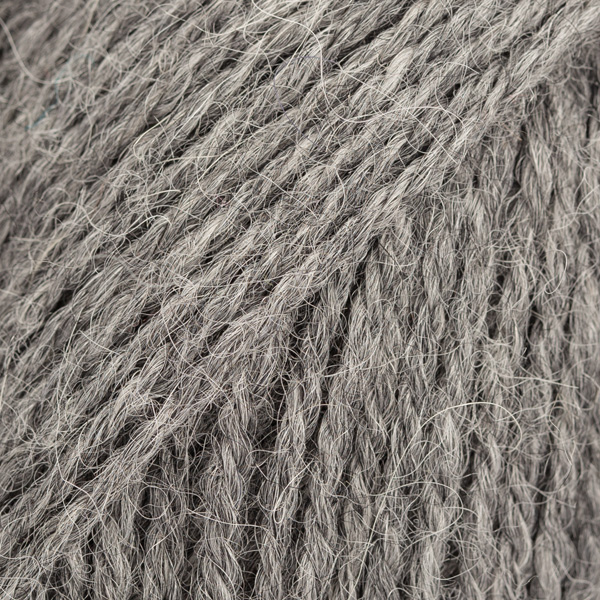
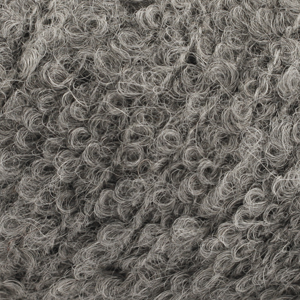






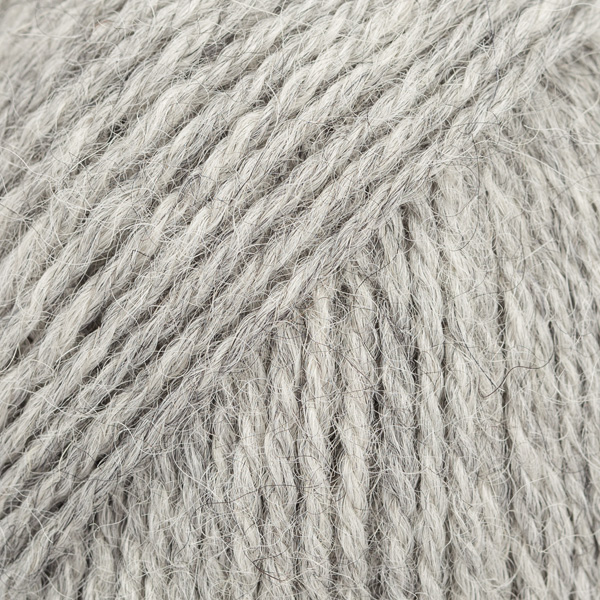


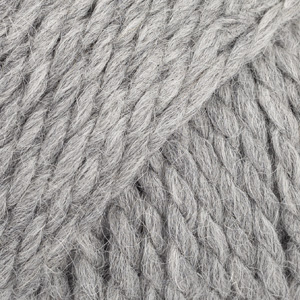

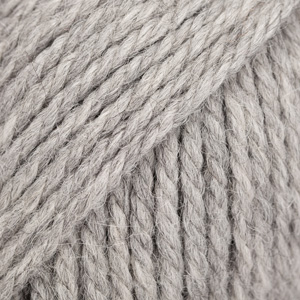

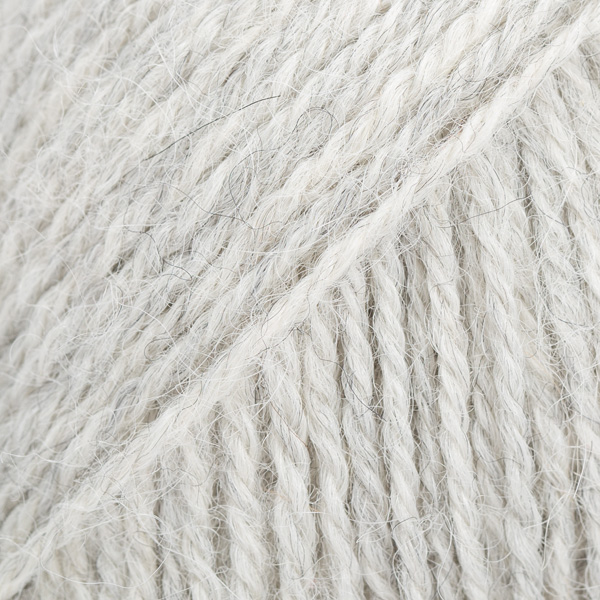

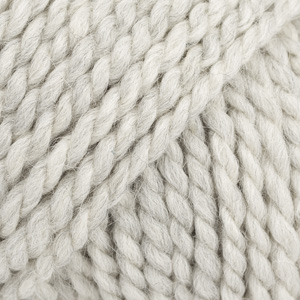








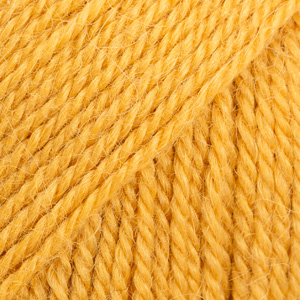
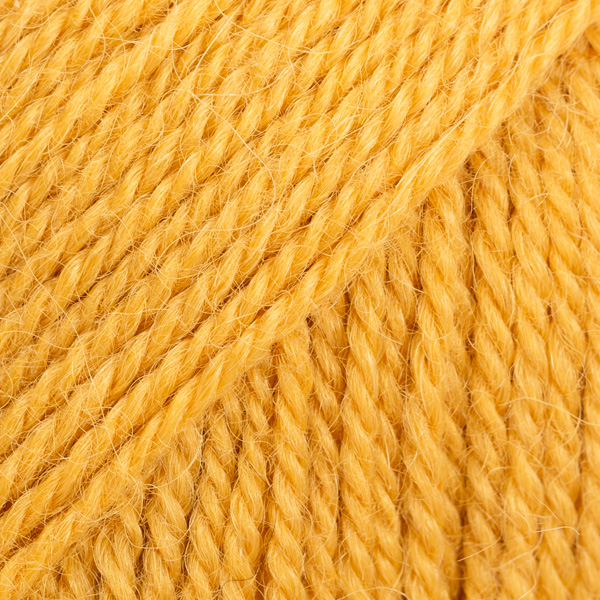


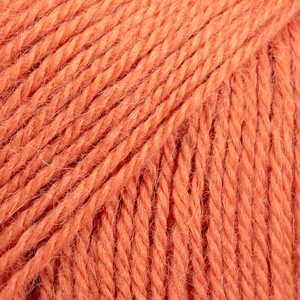
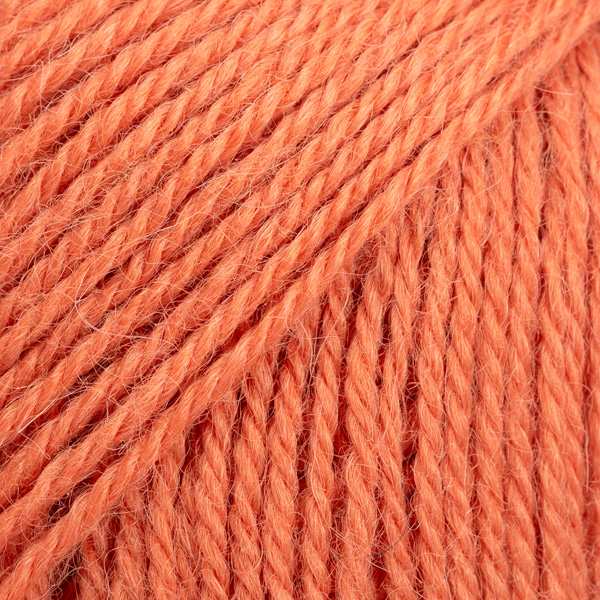
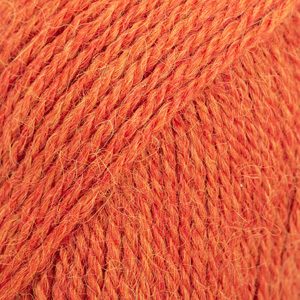
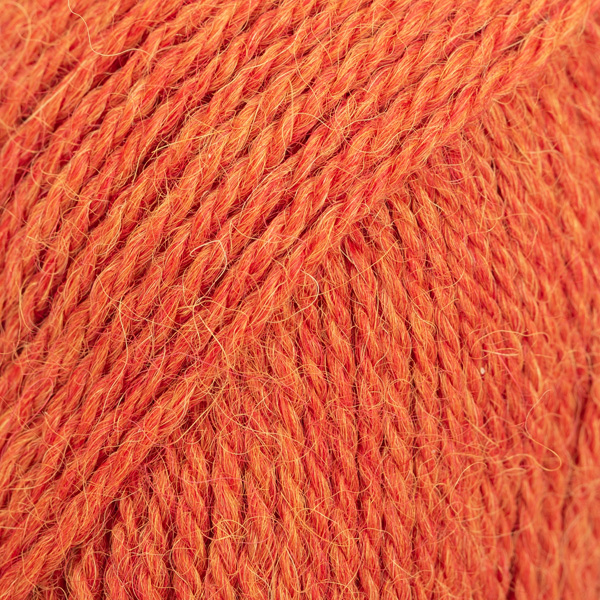
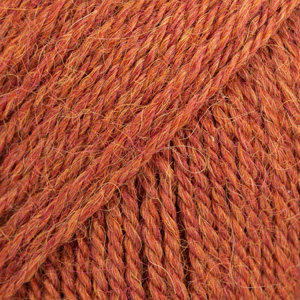
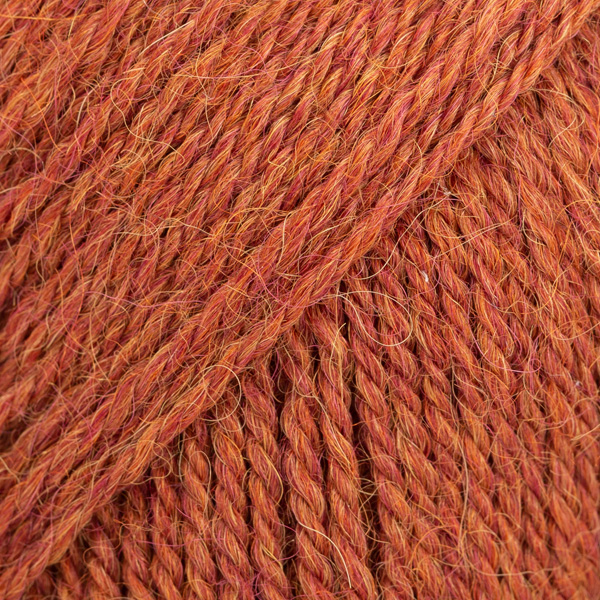
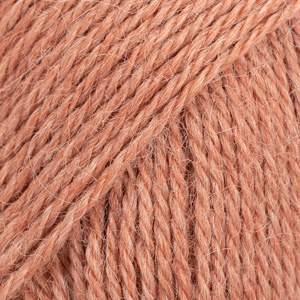
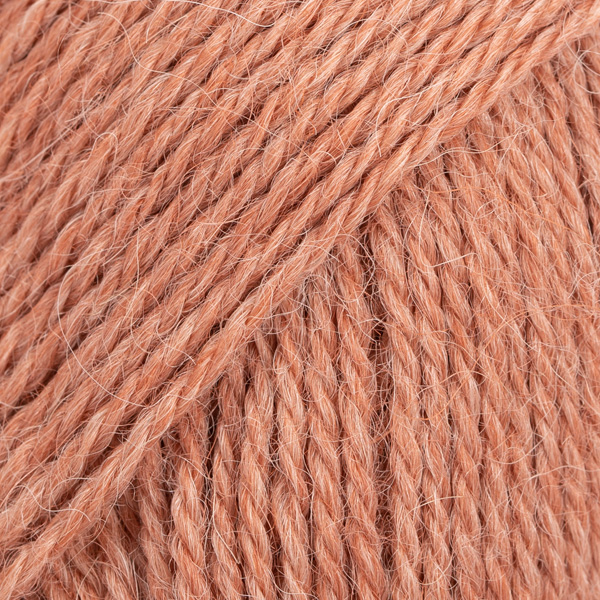
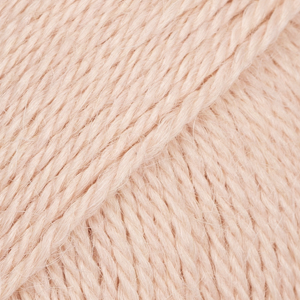
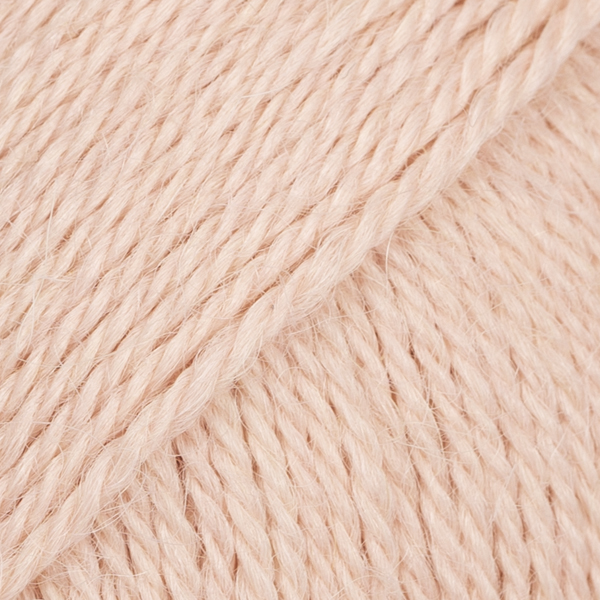

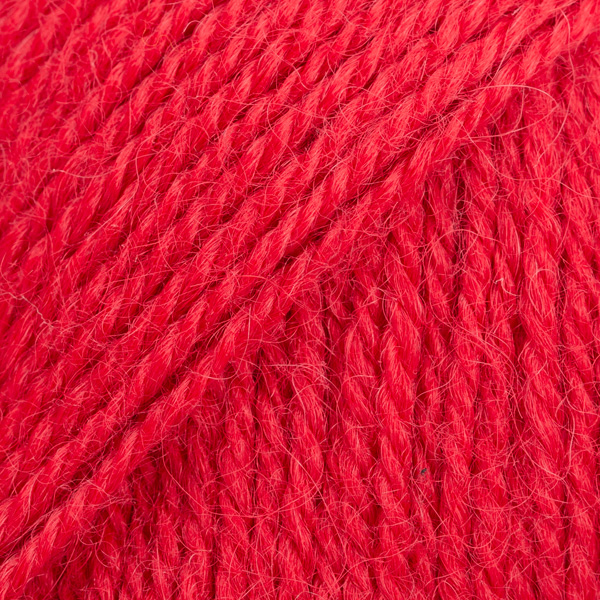







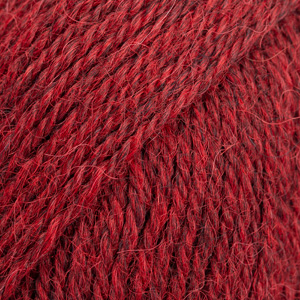
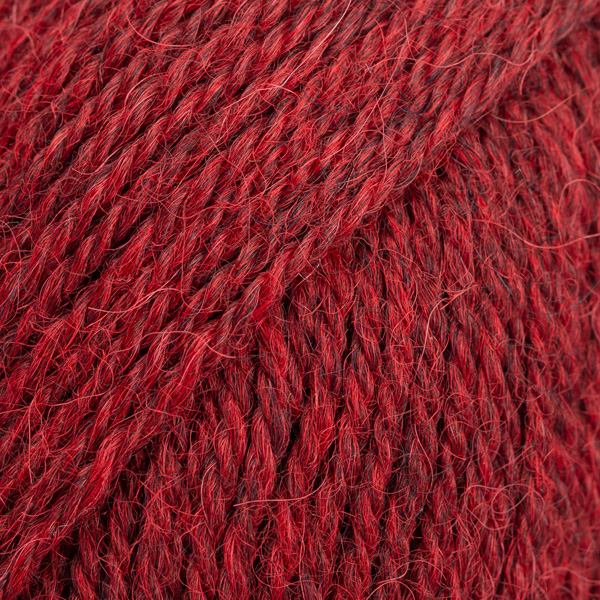

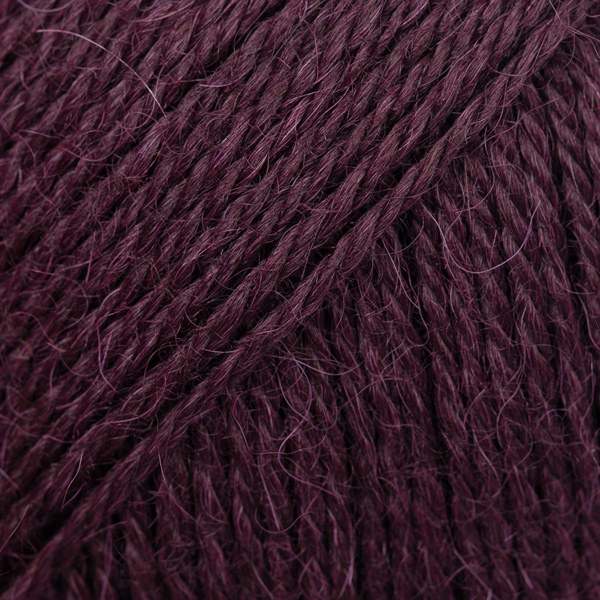


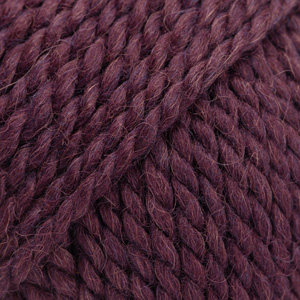



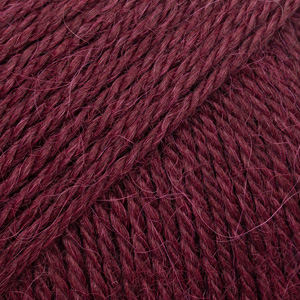
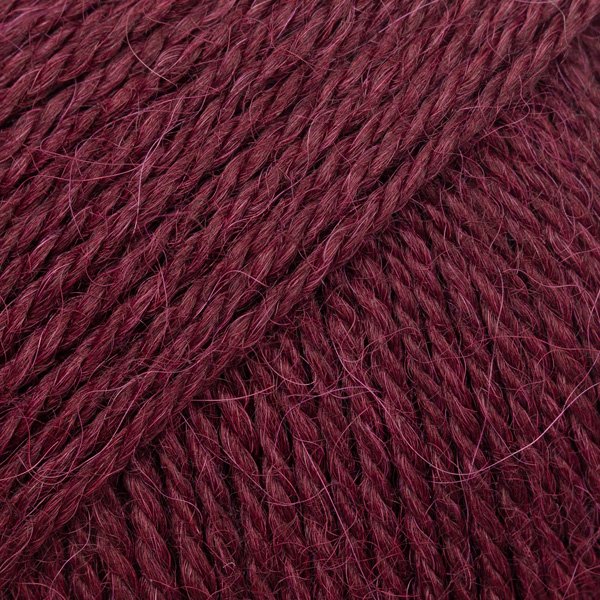
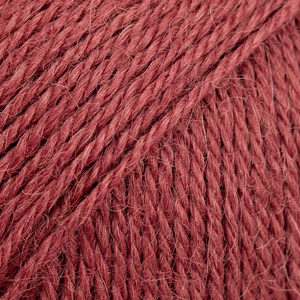
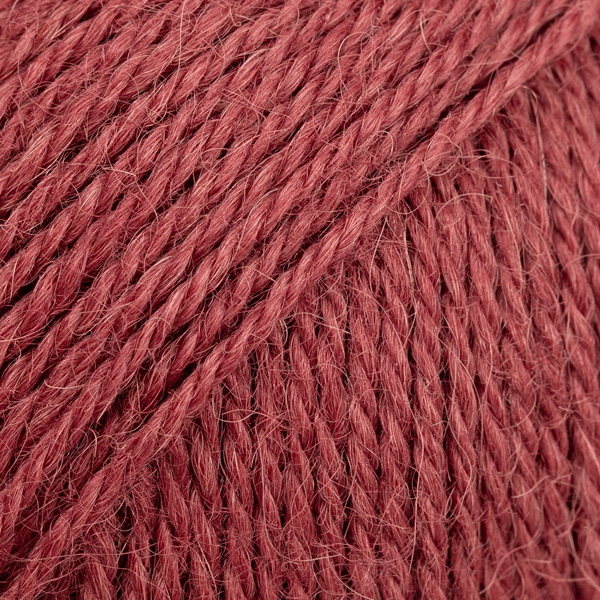

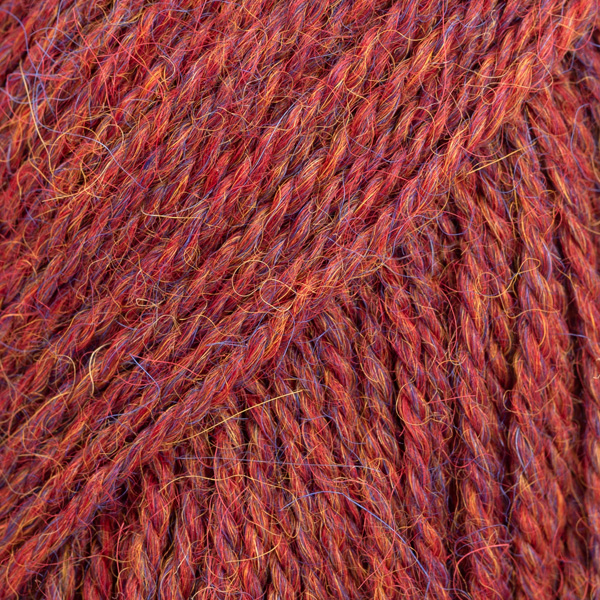
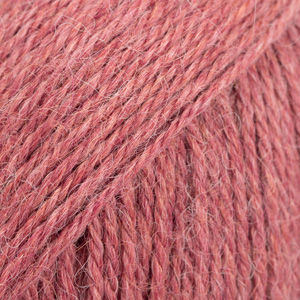
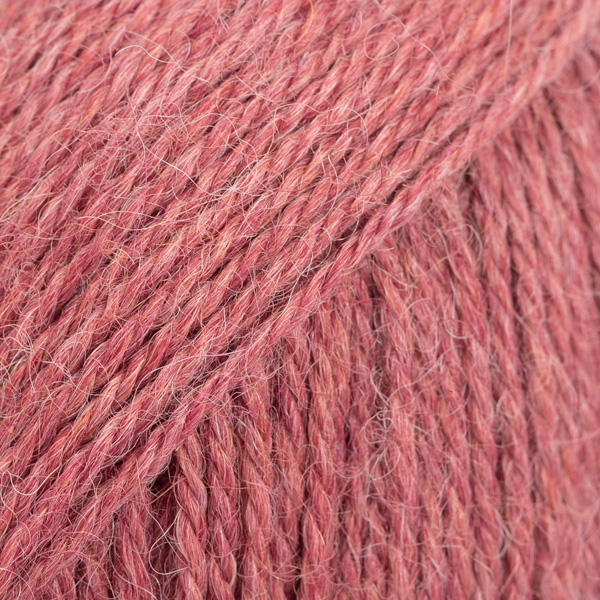



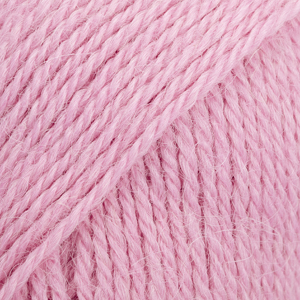
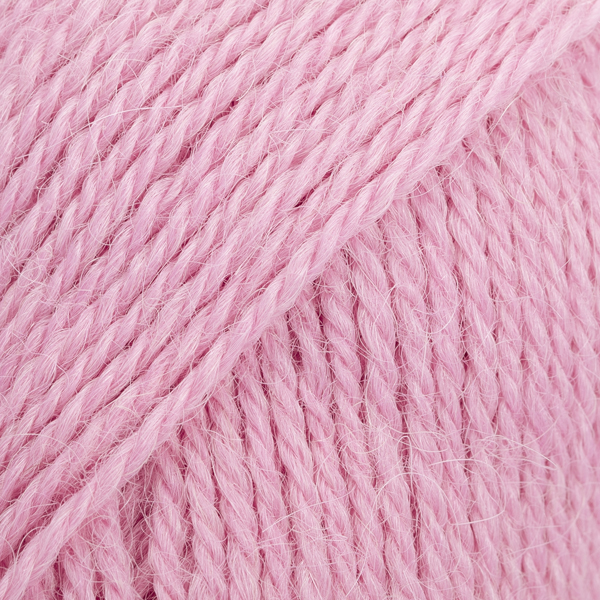


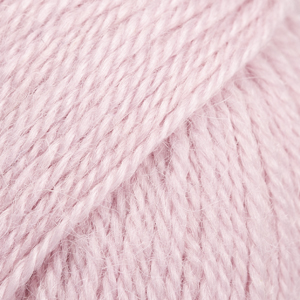
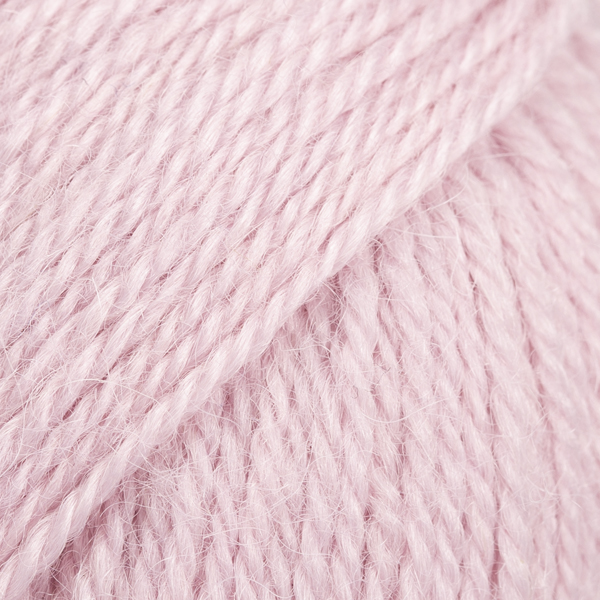







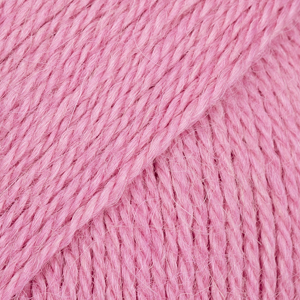




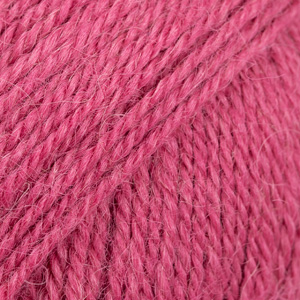
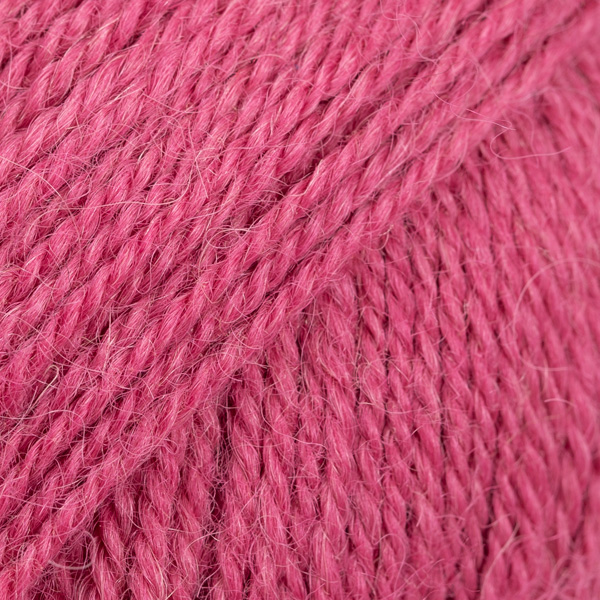


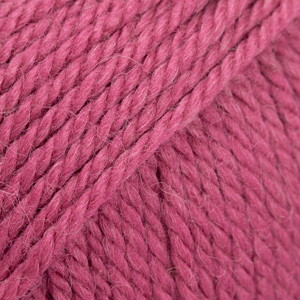
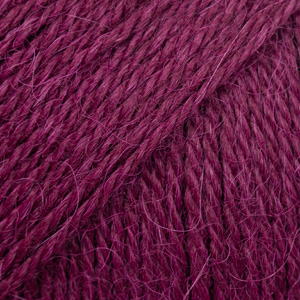
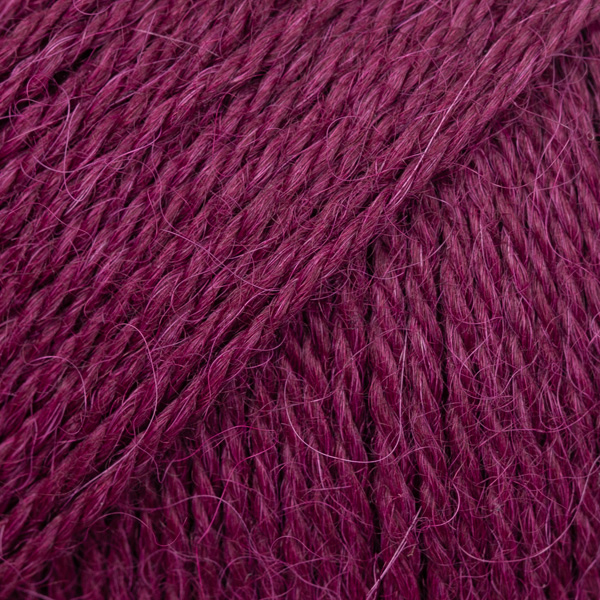

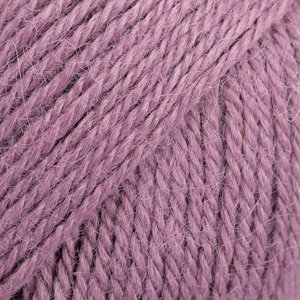
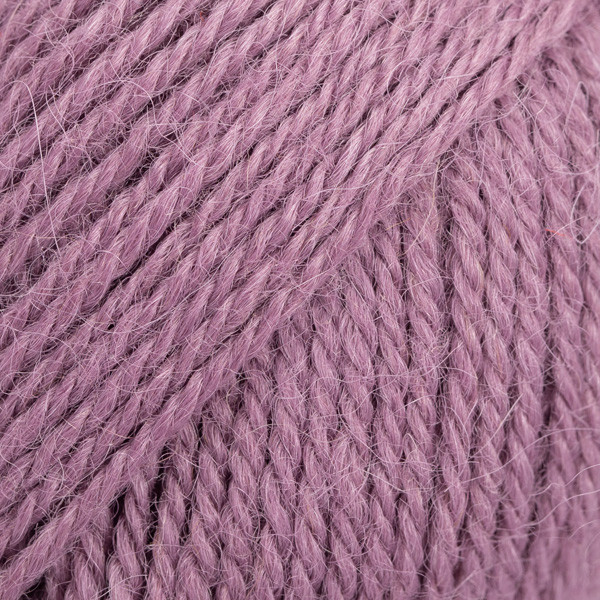


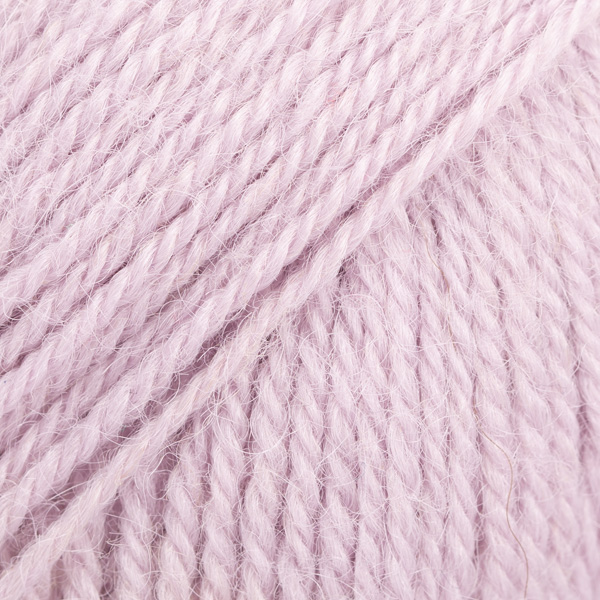

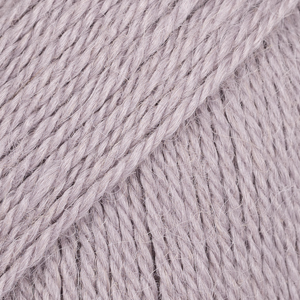
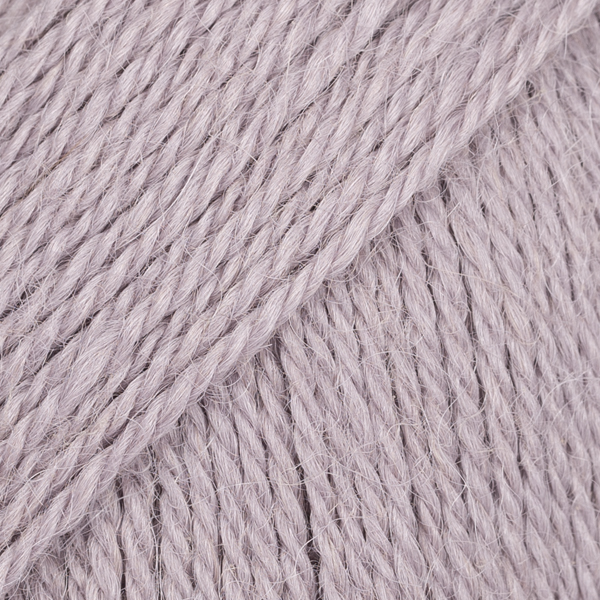



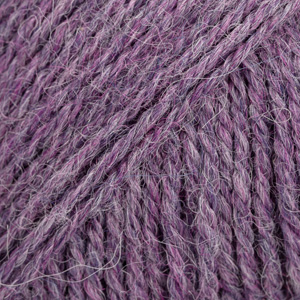
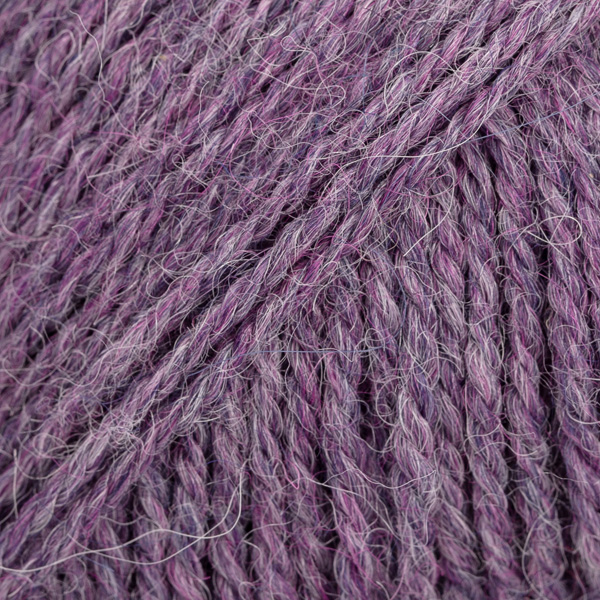



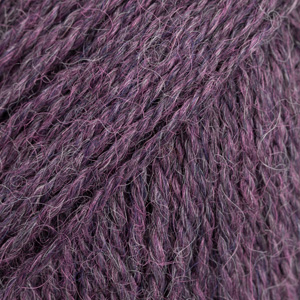
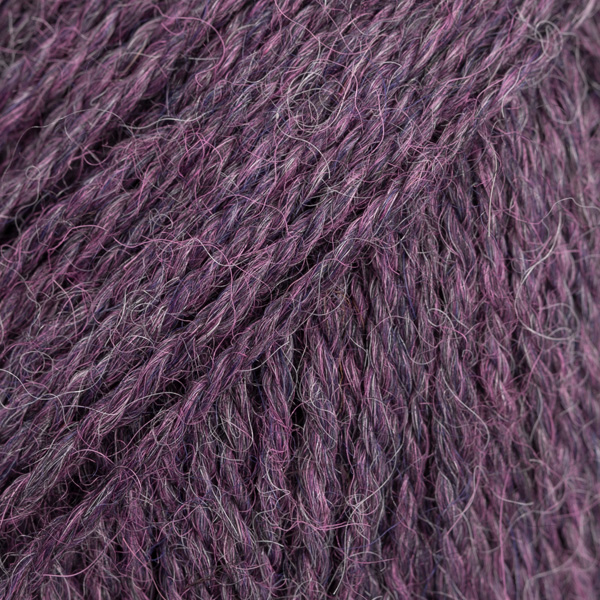
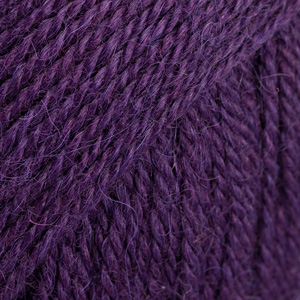
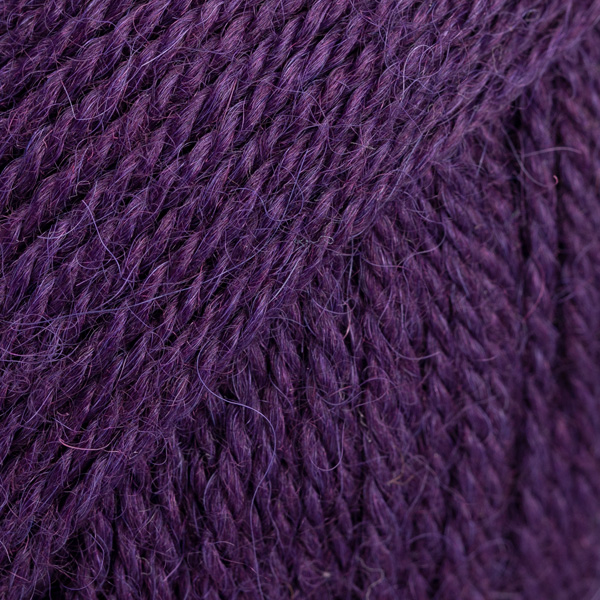



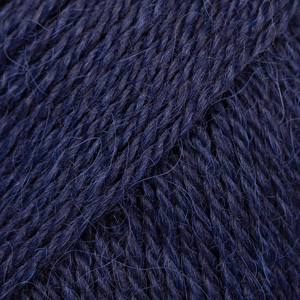
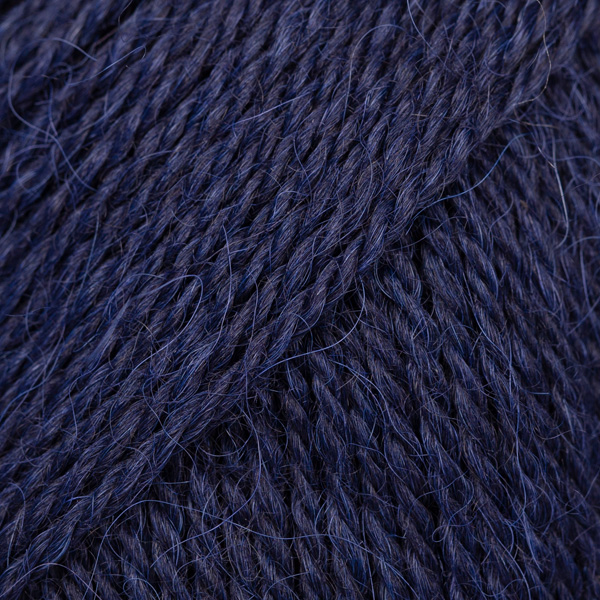
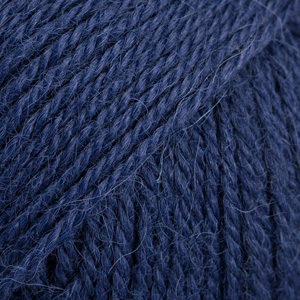
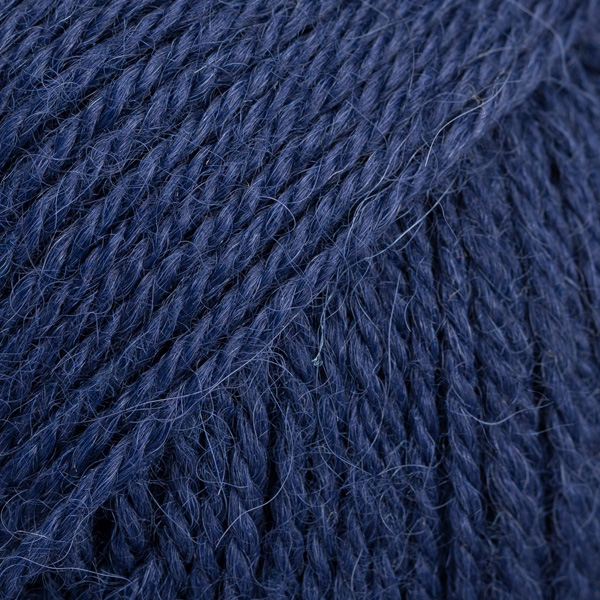




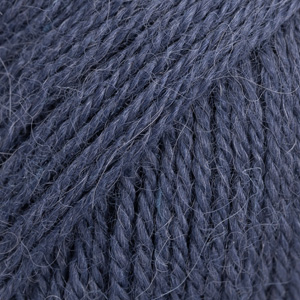




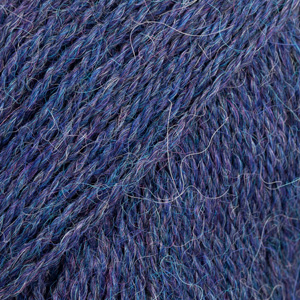
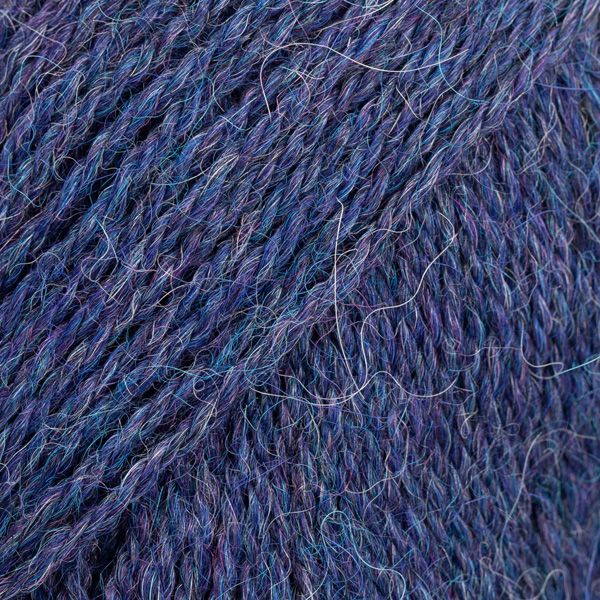
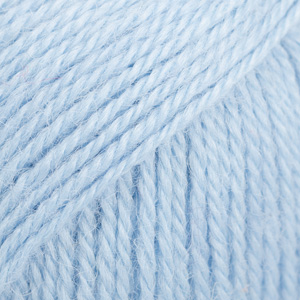
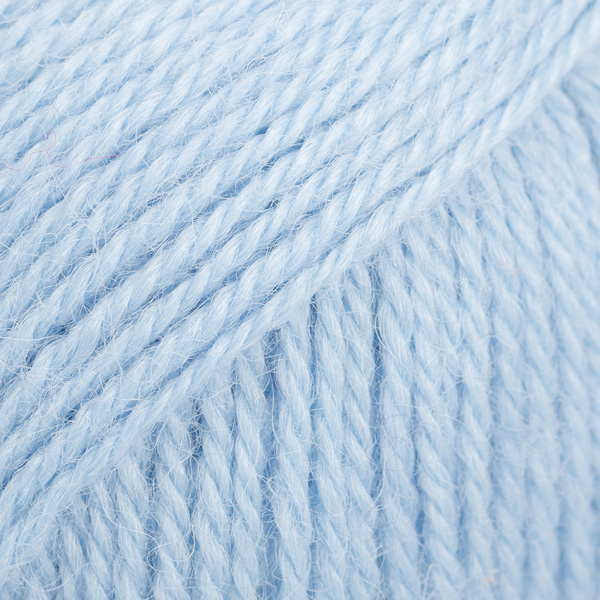

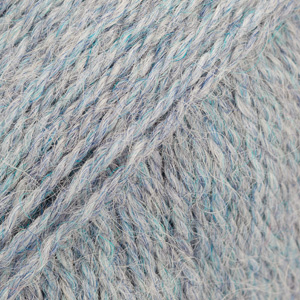
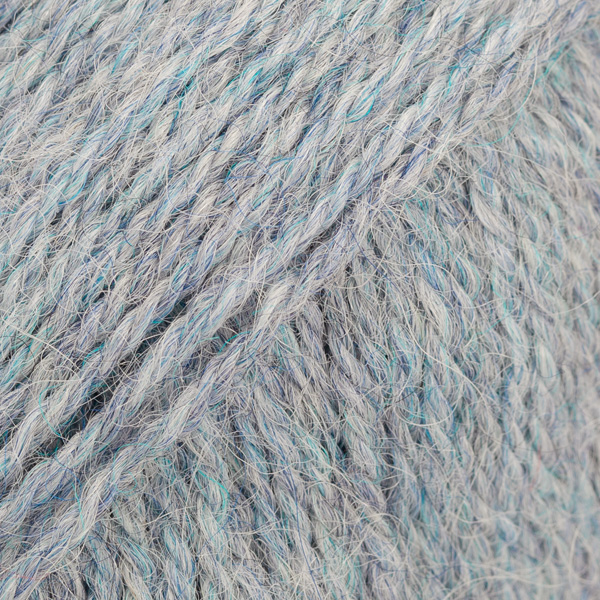
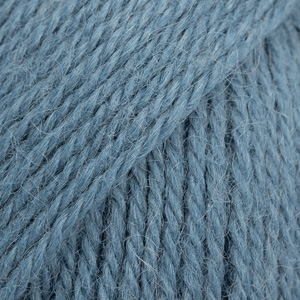
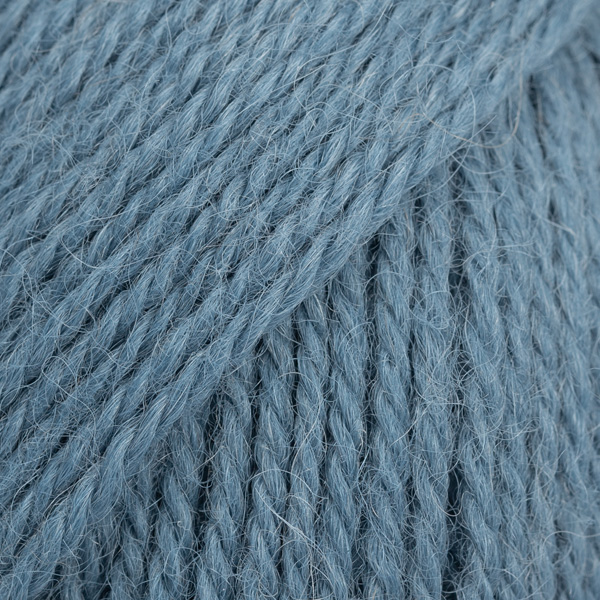

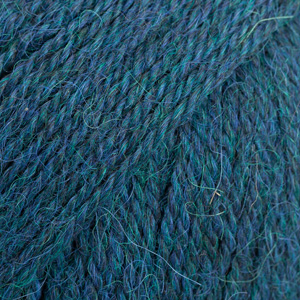
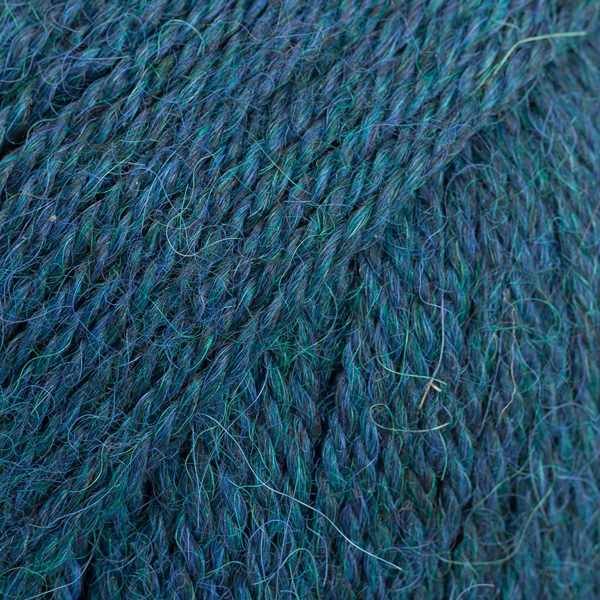
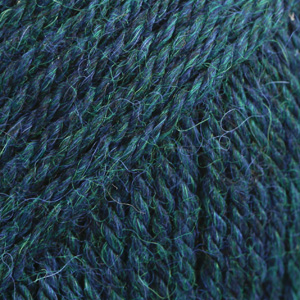

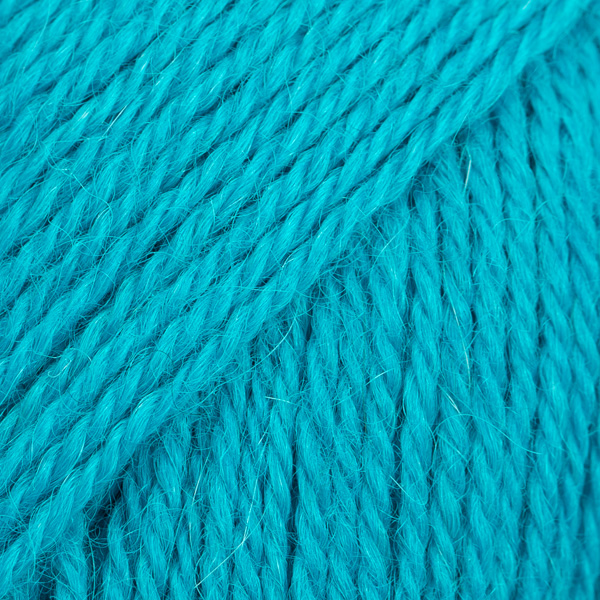
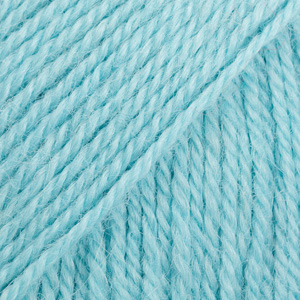

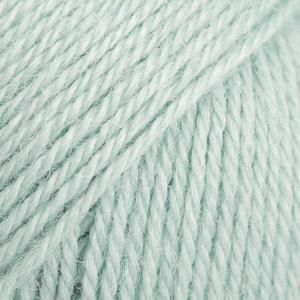
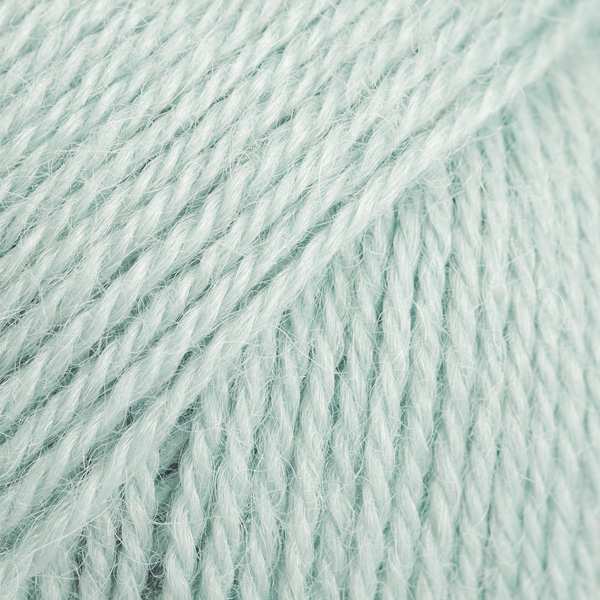
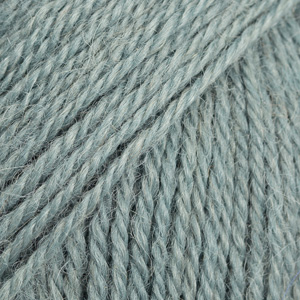
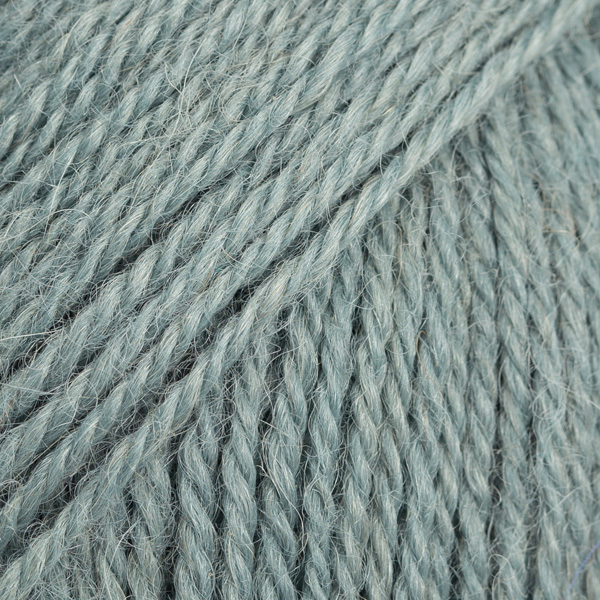
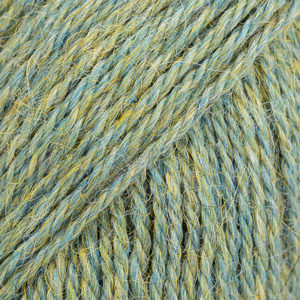
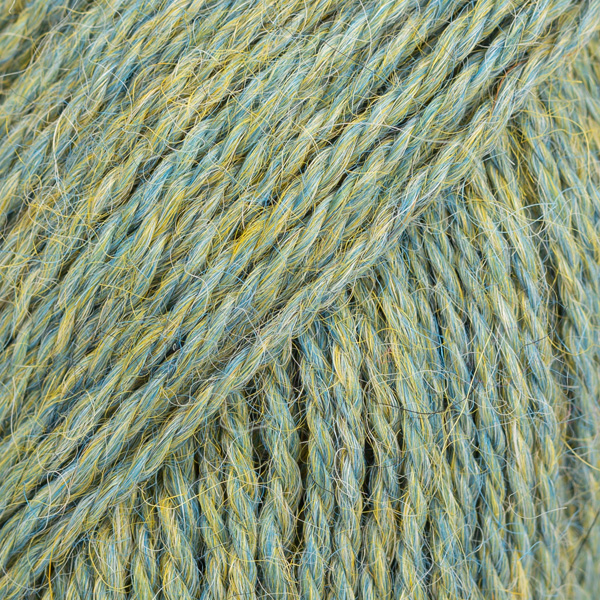
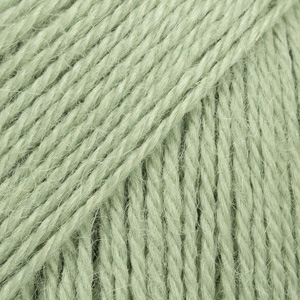
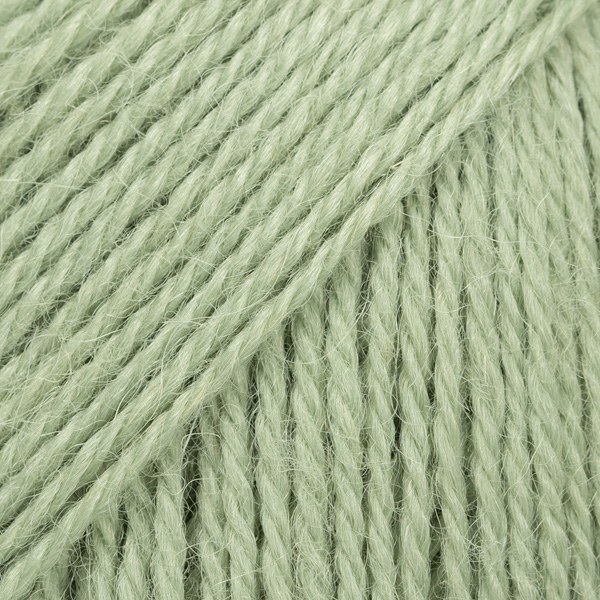
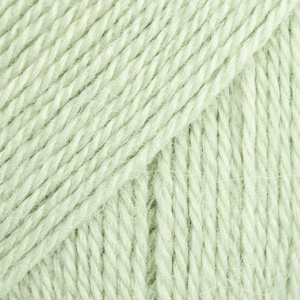
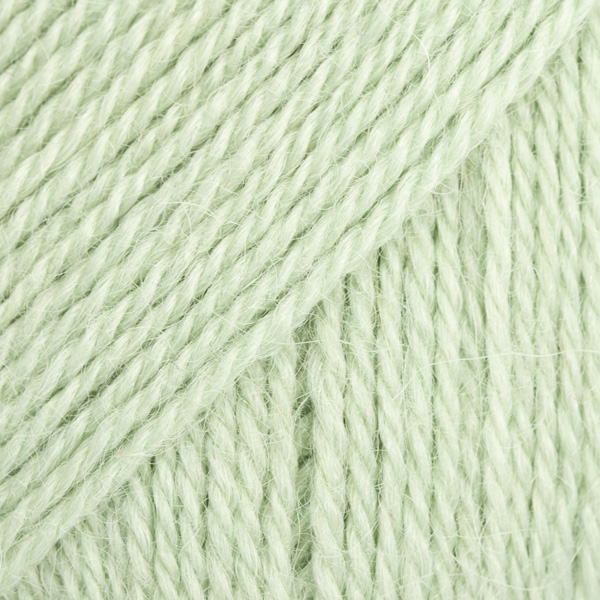










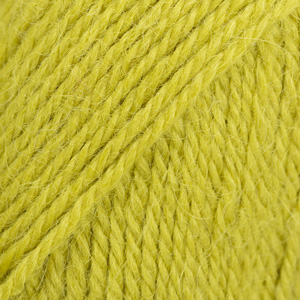
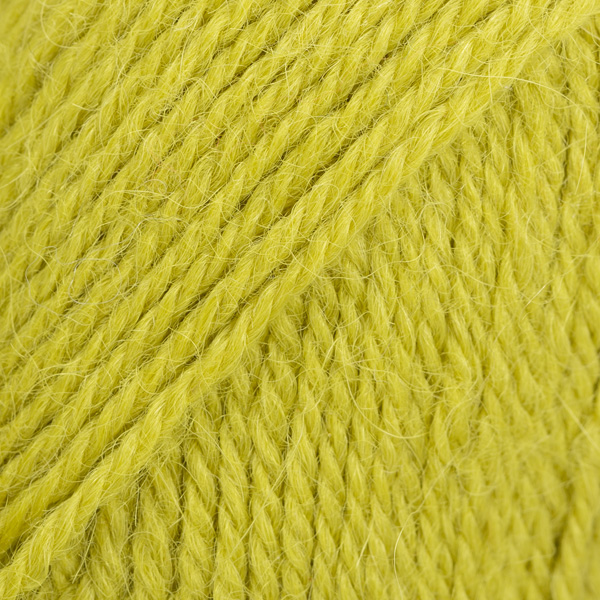



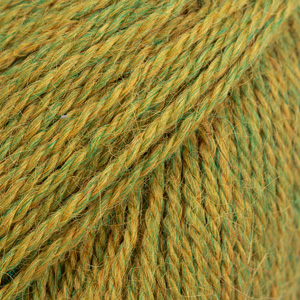
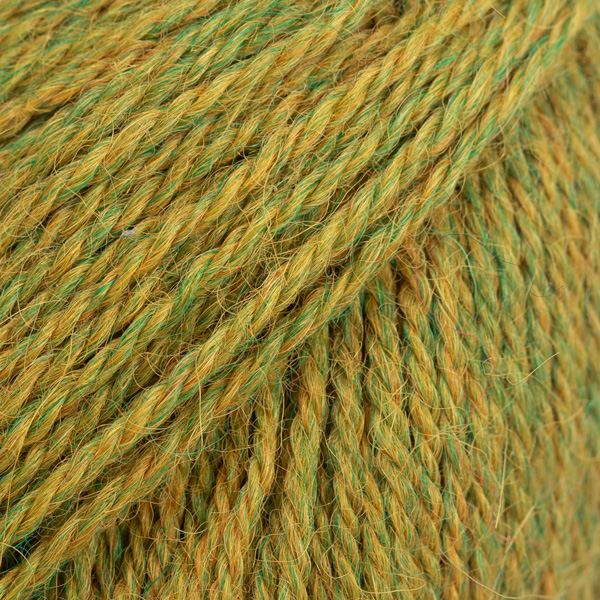
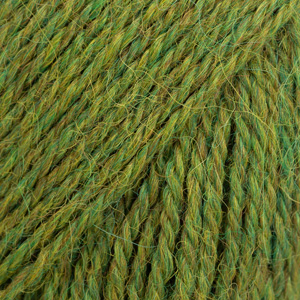
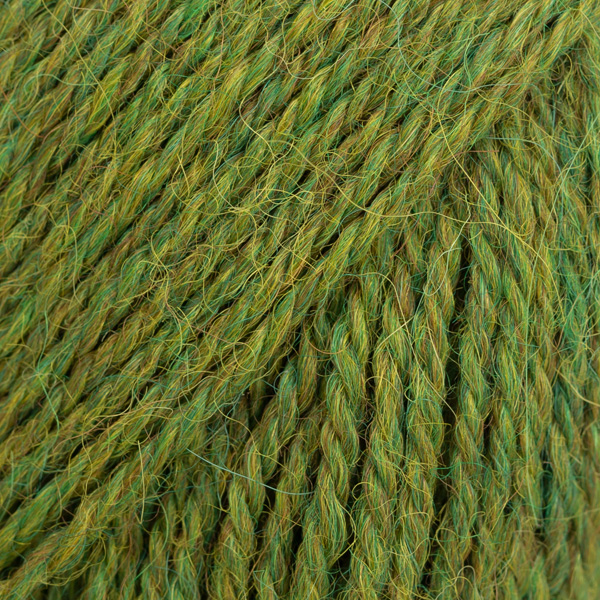



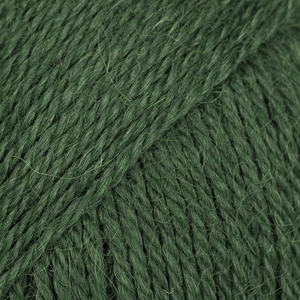
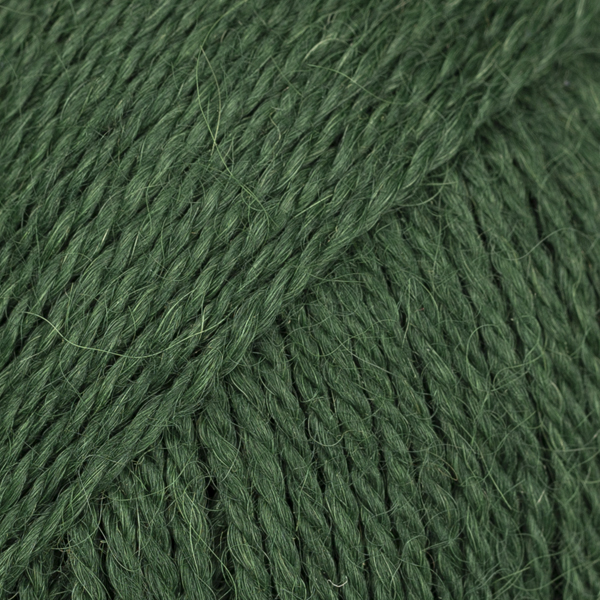



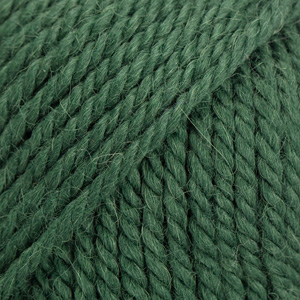


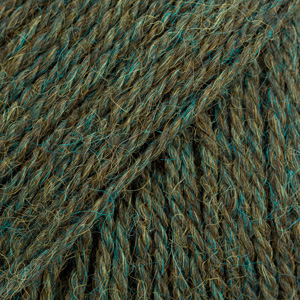
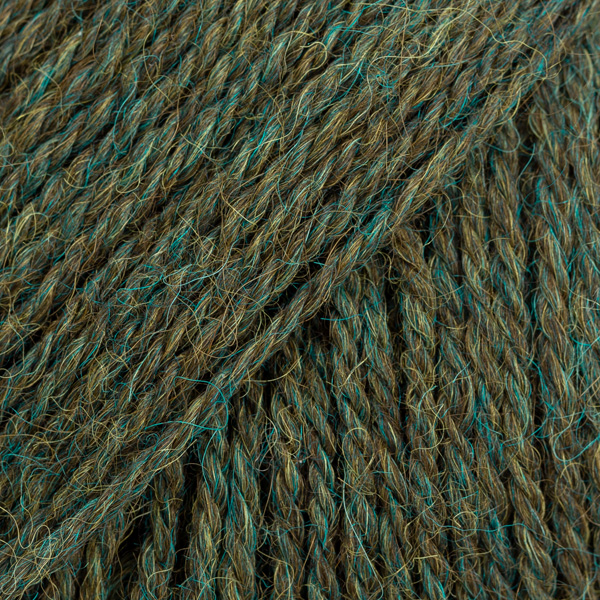
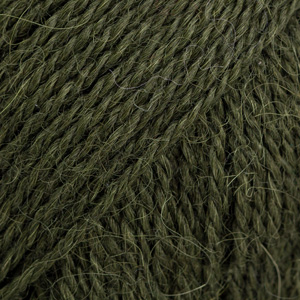
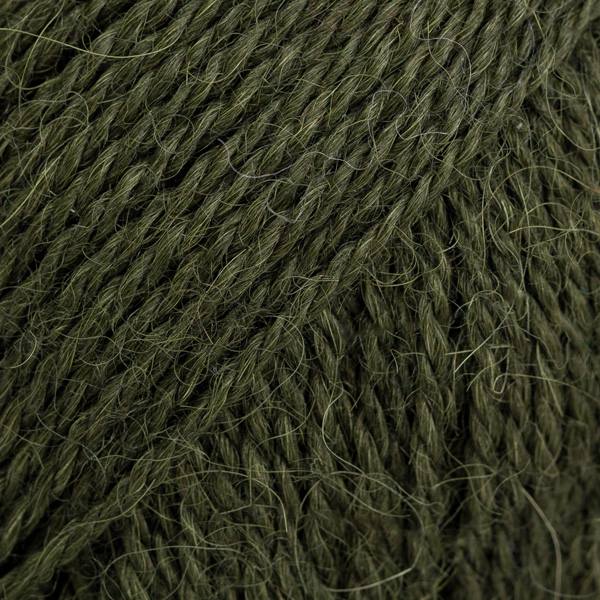


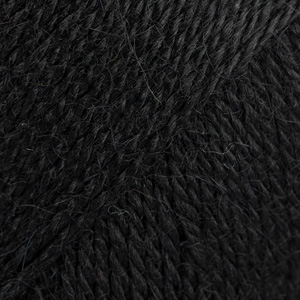
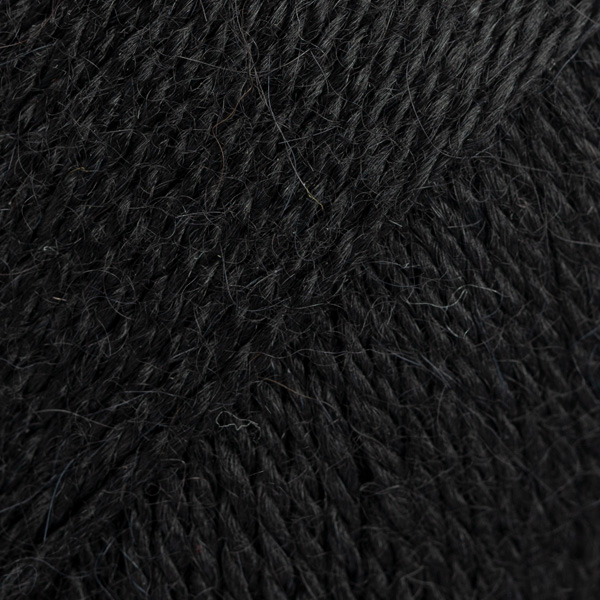

















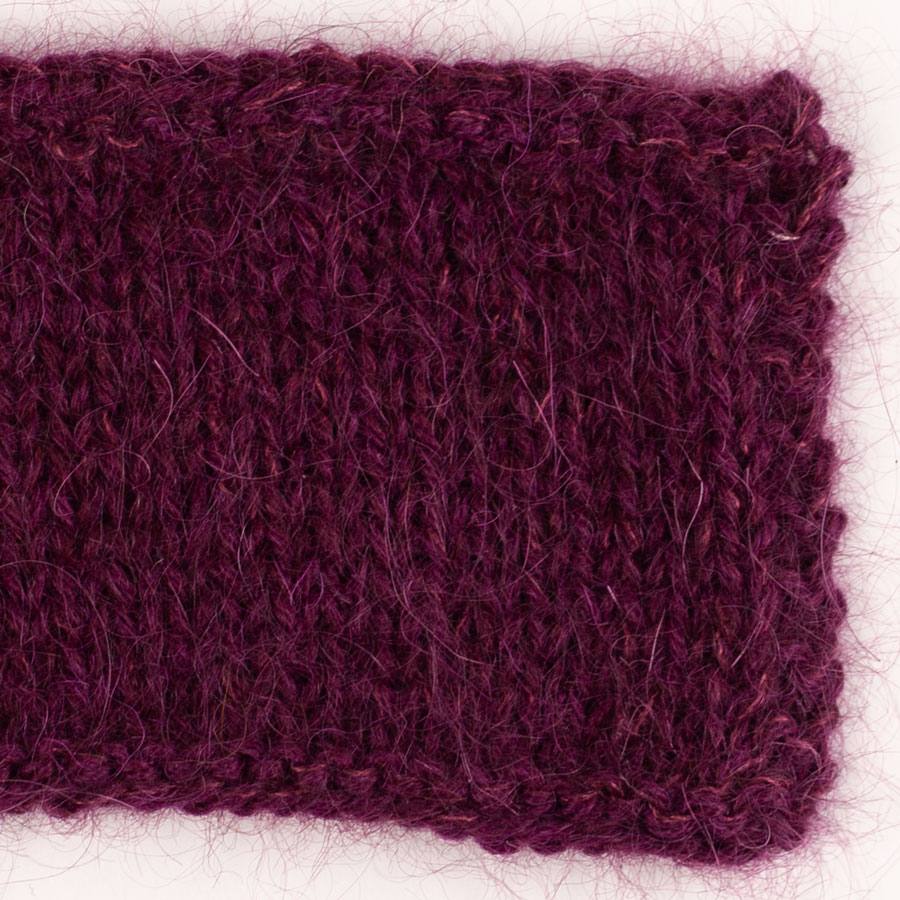
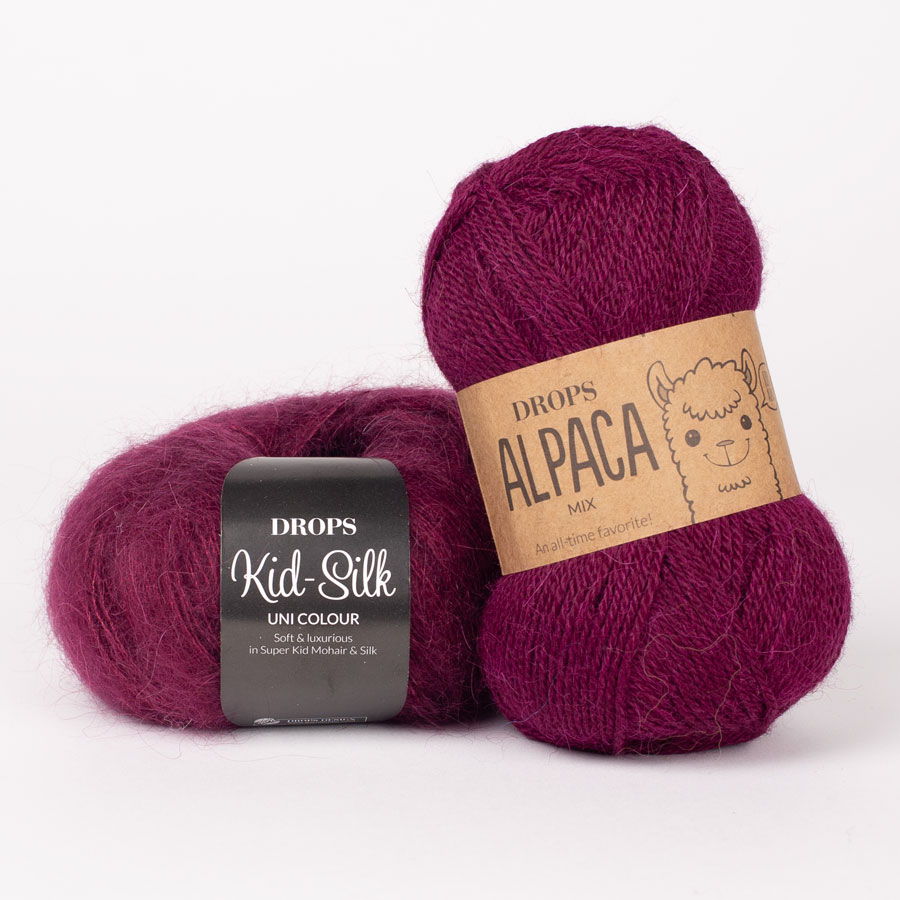
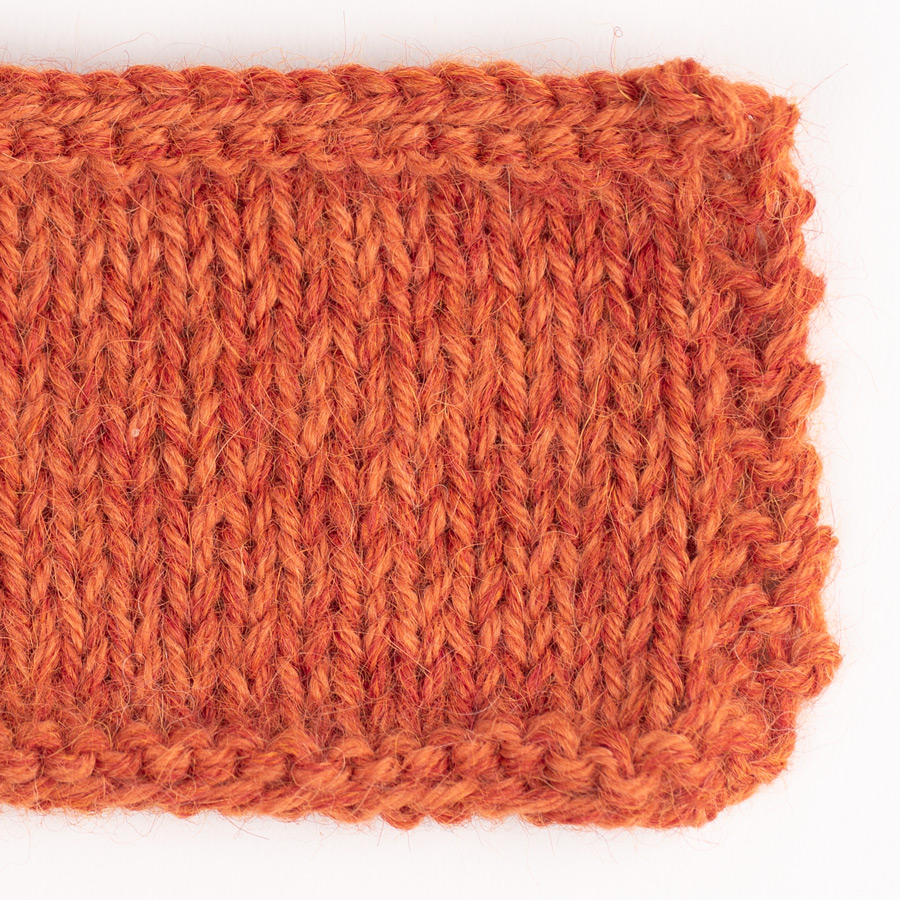
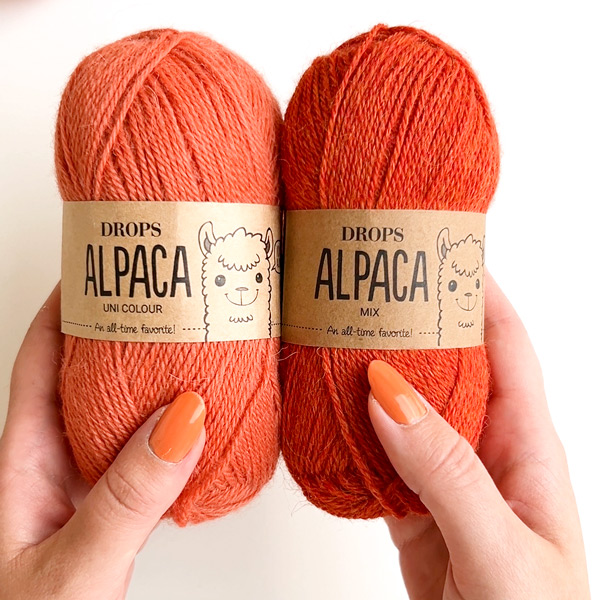
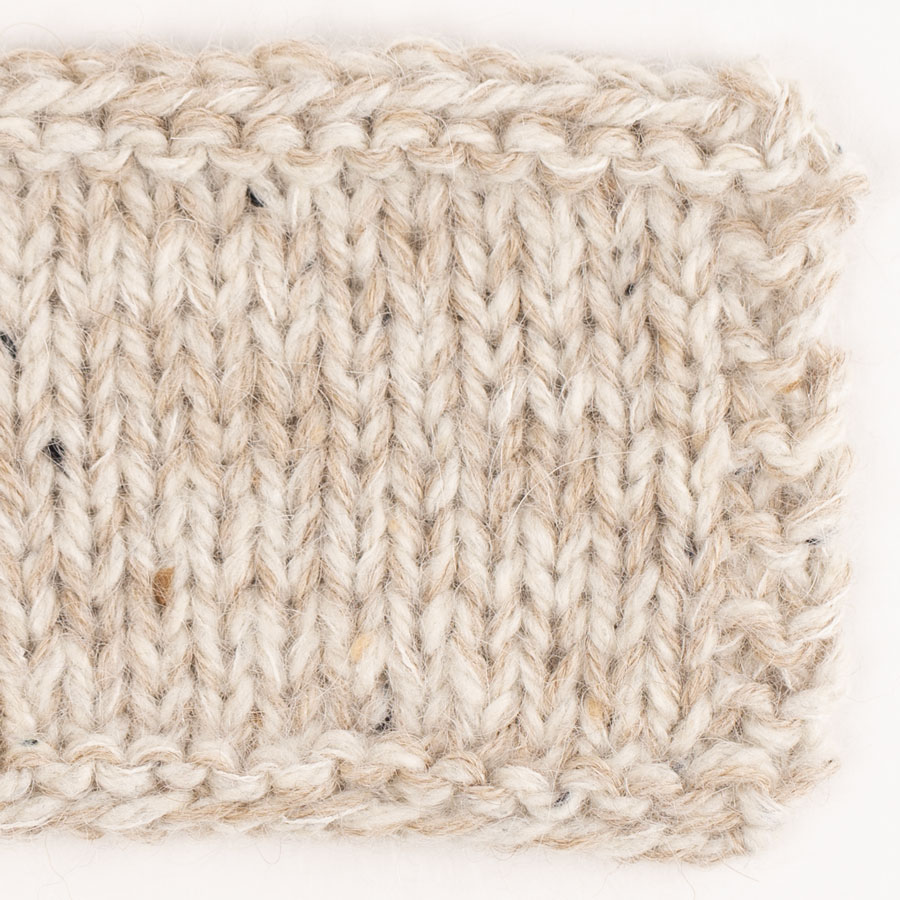
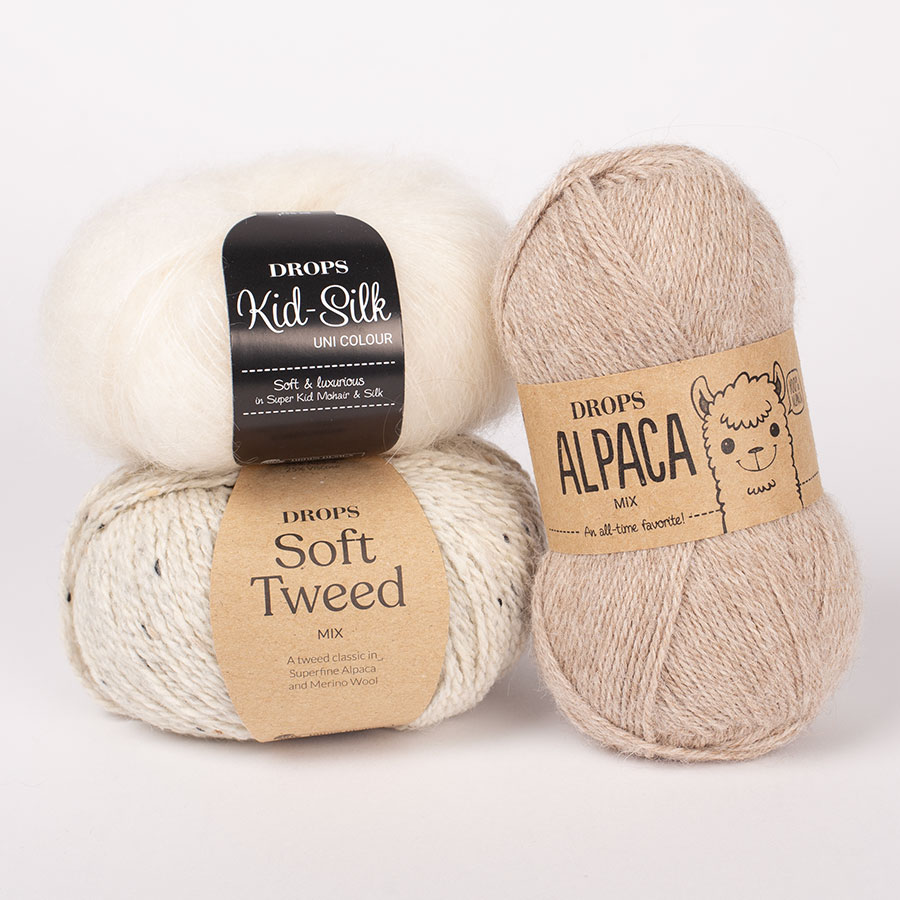
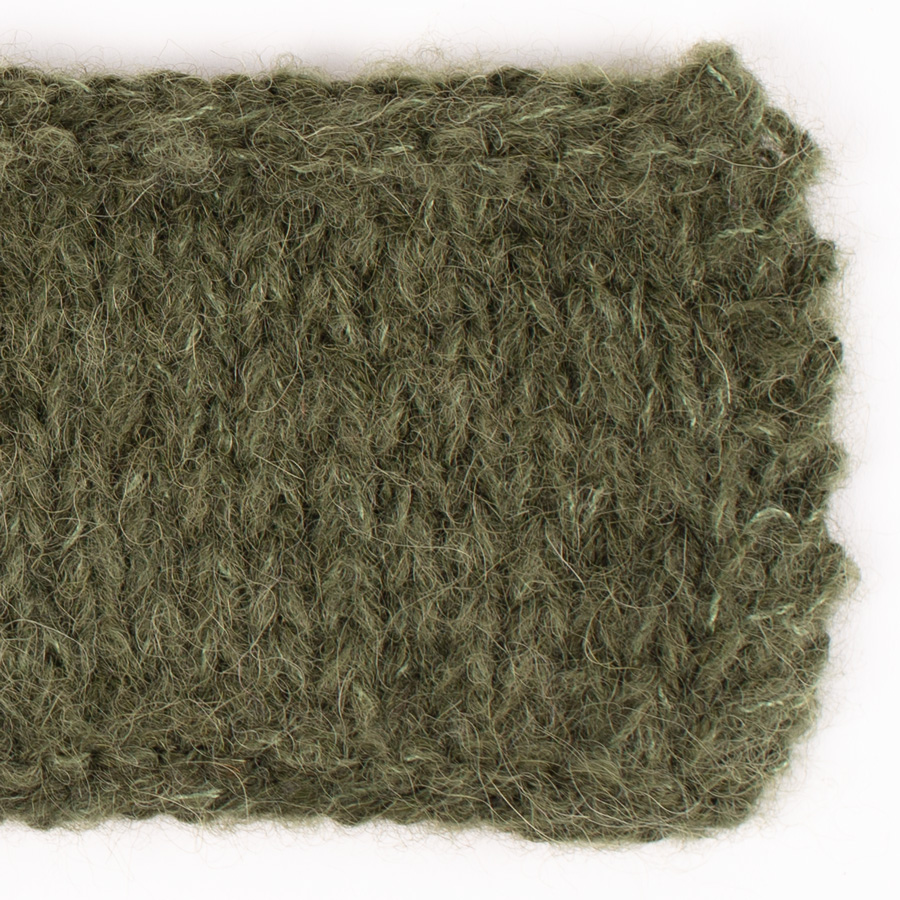
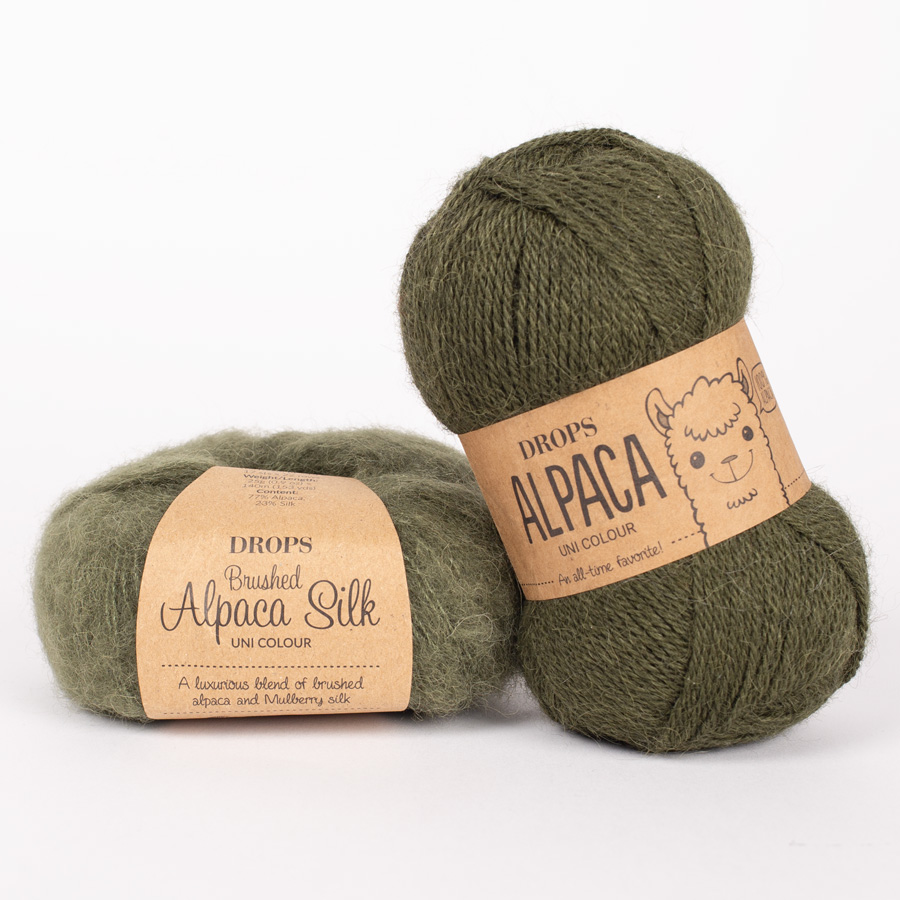
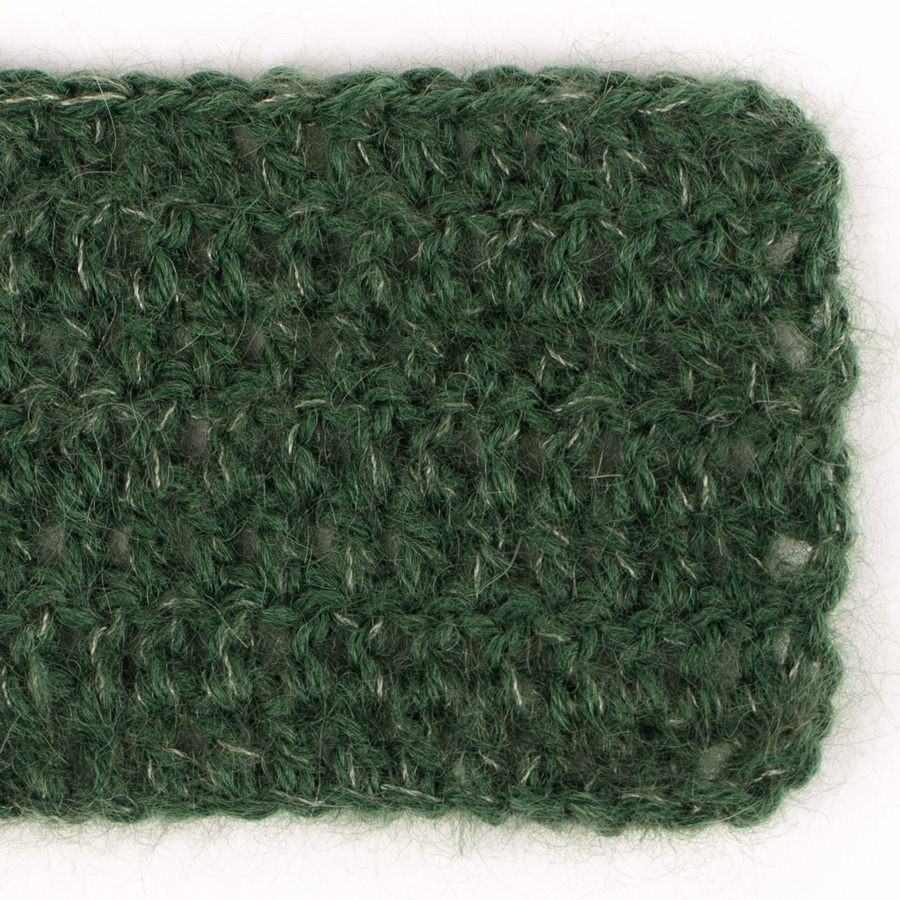

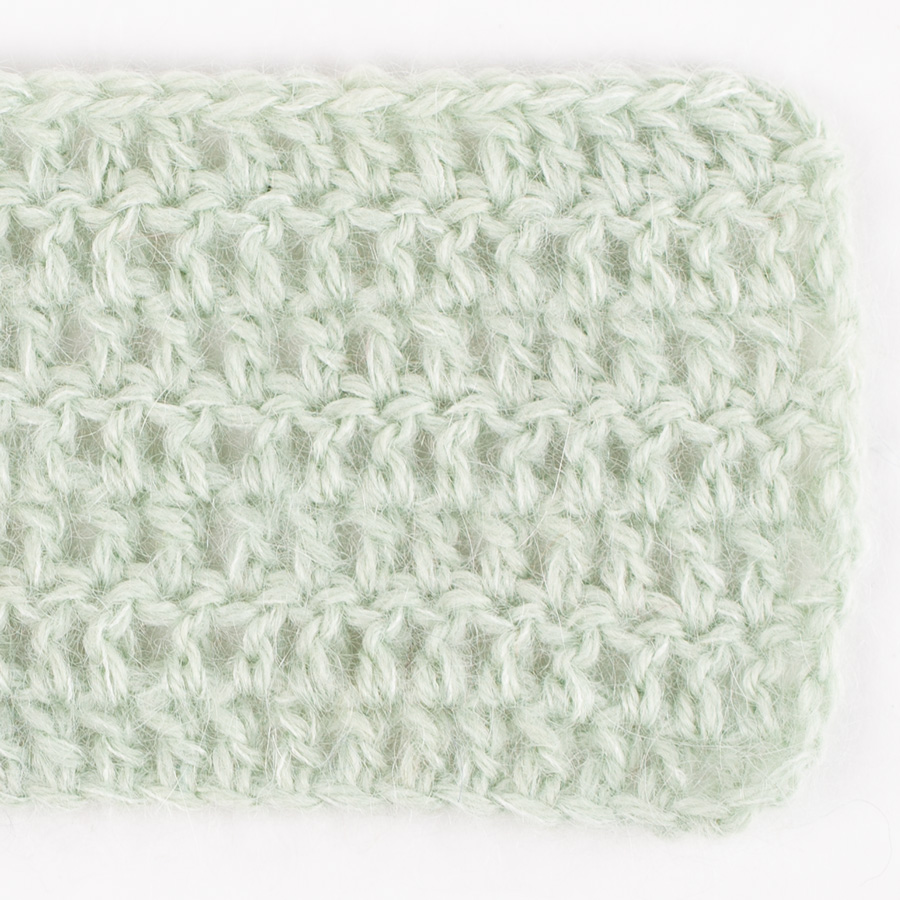

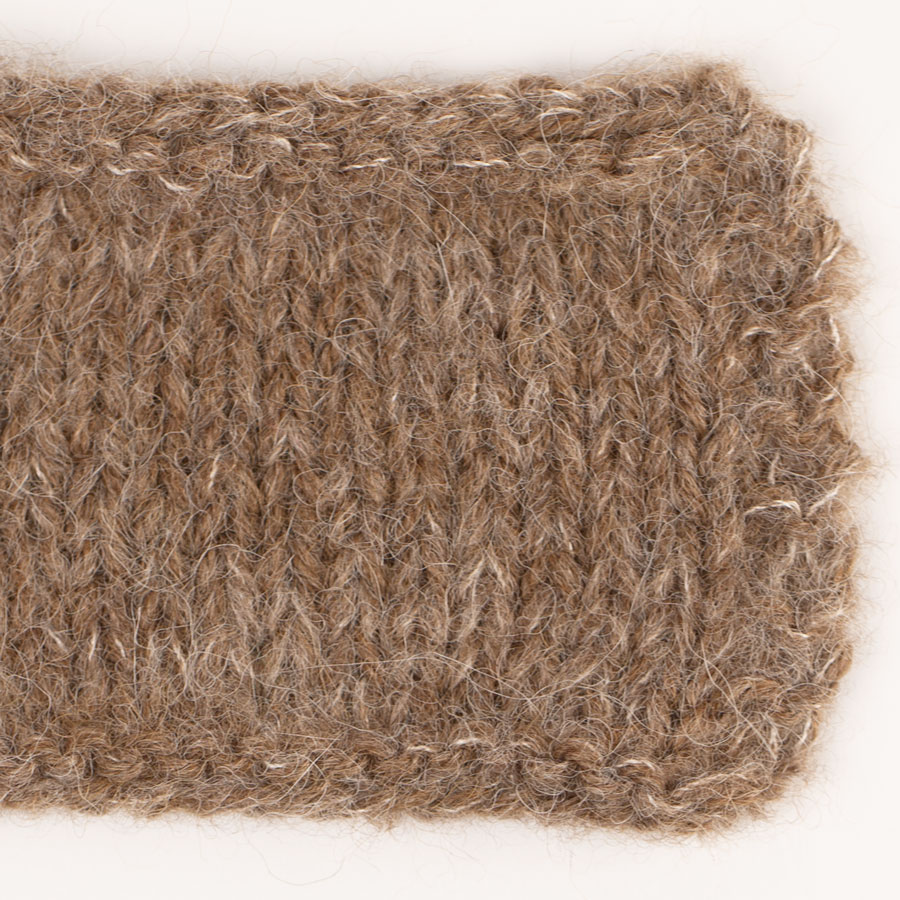
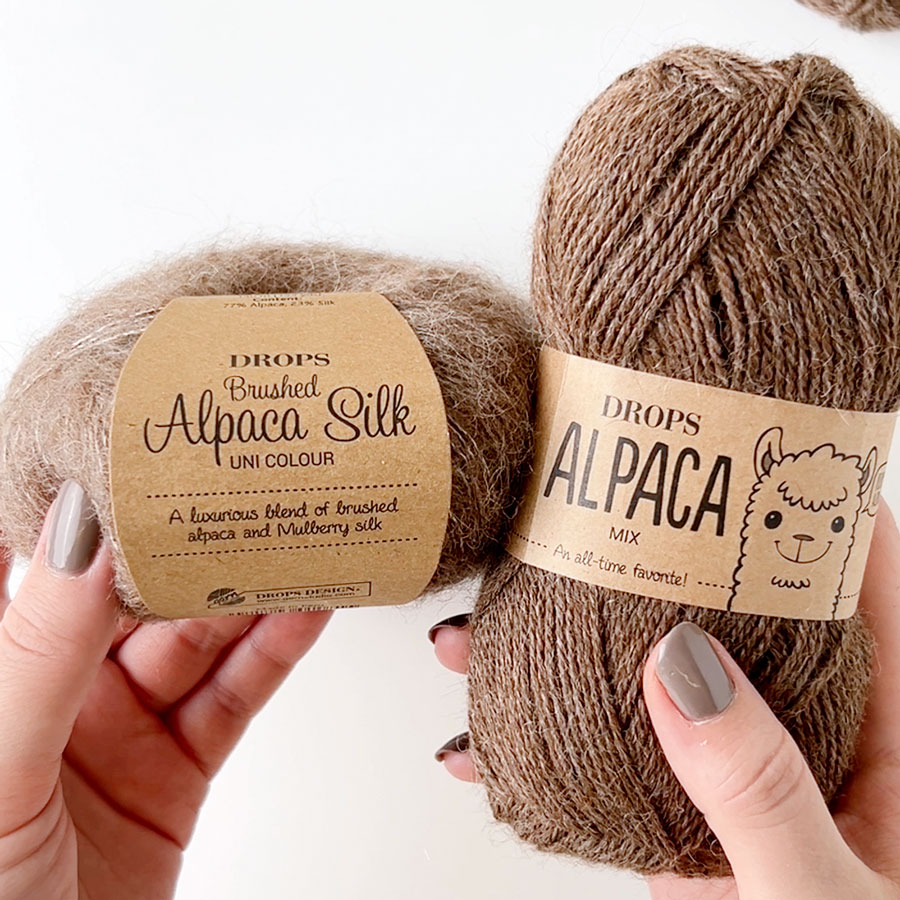

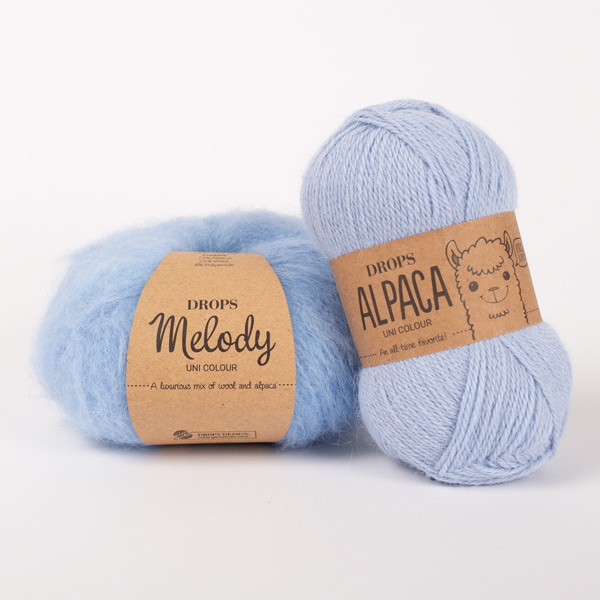
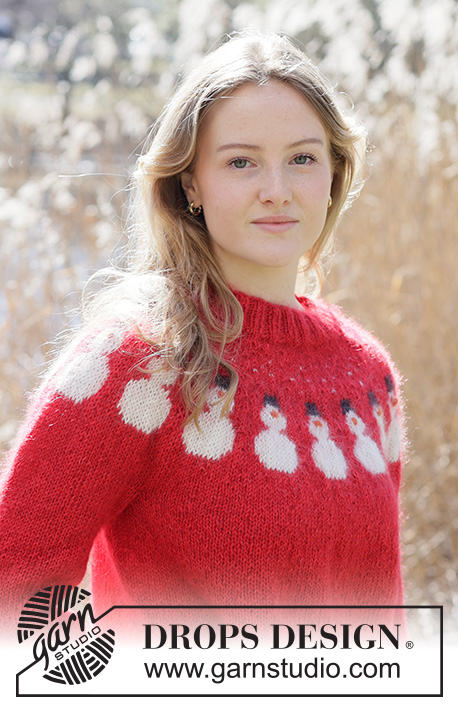







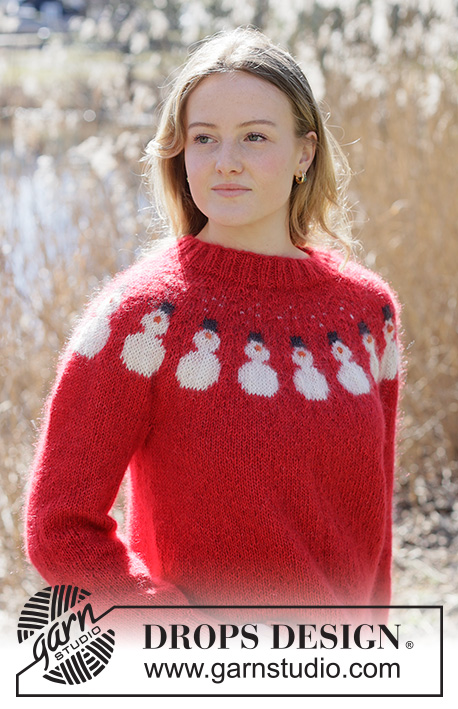
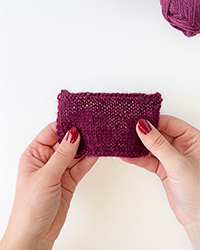

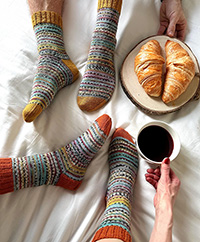
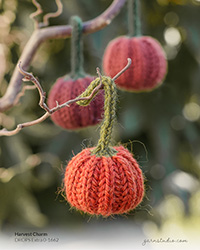


Ik heb al 2 truien in Drops Air gebreid en ik was die op 20 graden op wolprogramma in de wasmachine met speciaal wolwasmiddel van Ecover. Die komen er keer op keer helemaal perfect weer uit. Zelfs mijn trui van Drops Brushed Alpaca Silk was ik op deze manier, geen enkel probleem ,die blijft even mooi. Tussen de wasbeurten door ,fris ik mijn wollen truien even op met een stoomprogramma van 15 min. Ik ben zeer tevreden over de kwaliteit van jullie garens!
19.03.2016 - 16:17